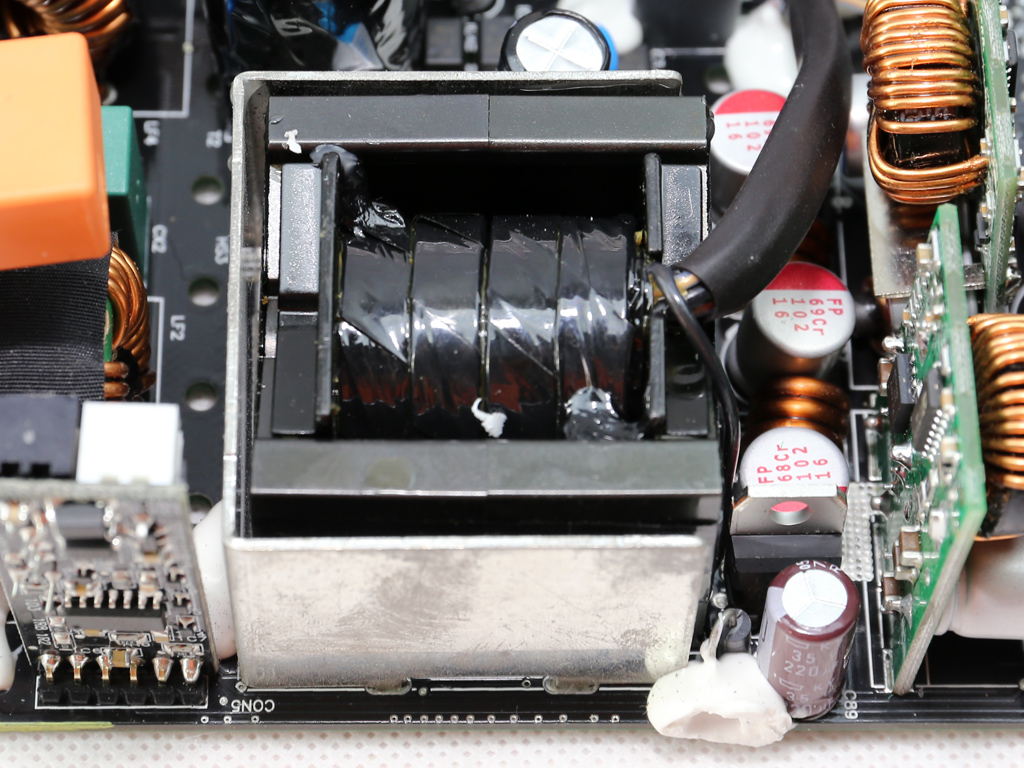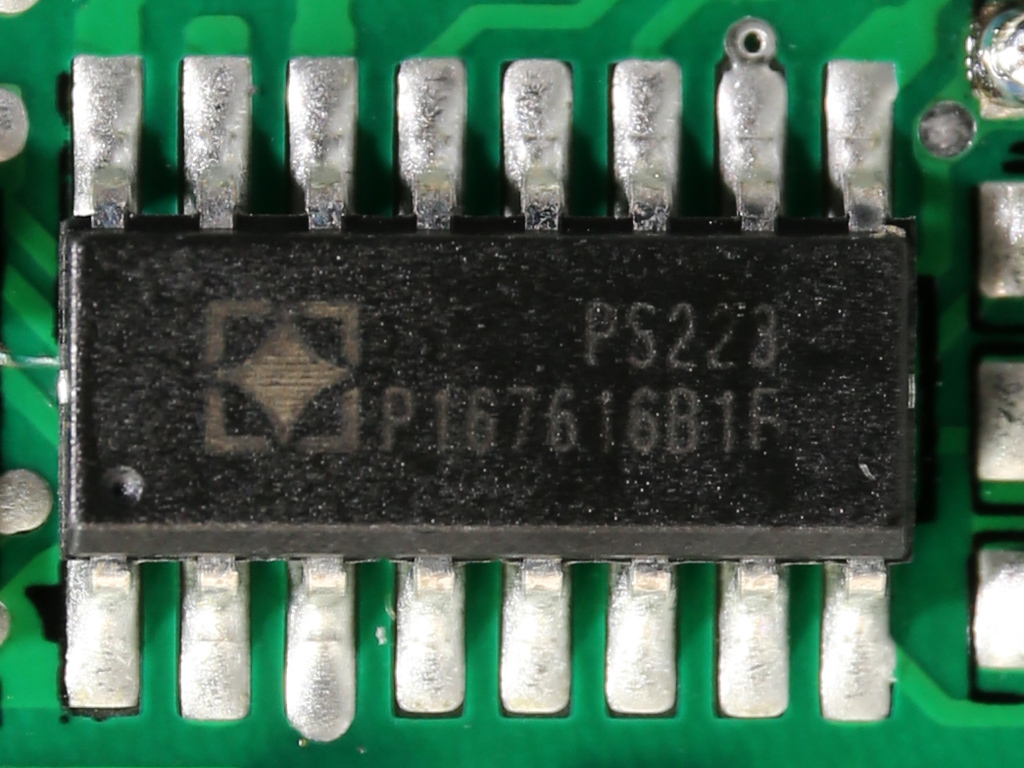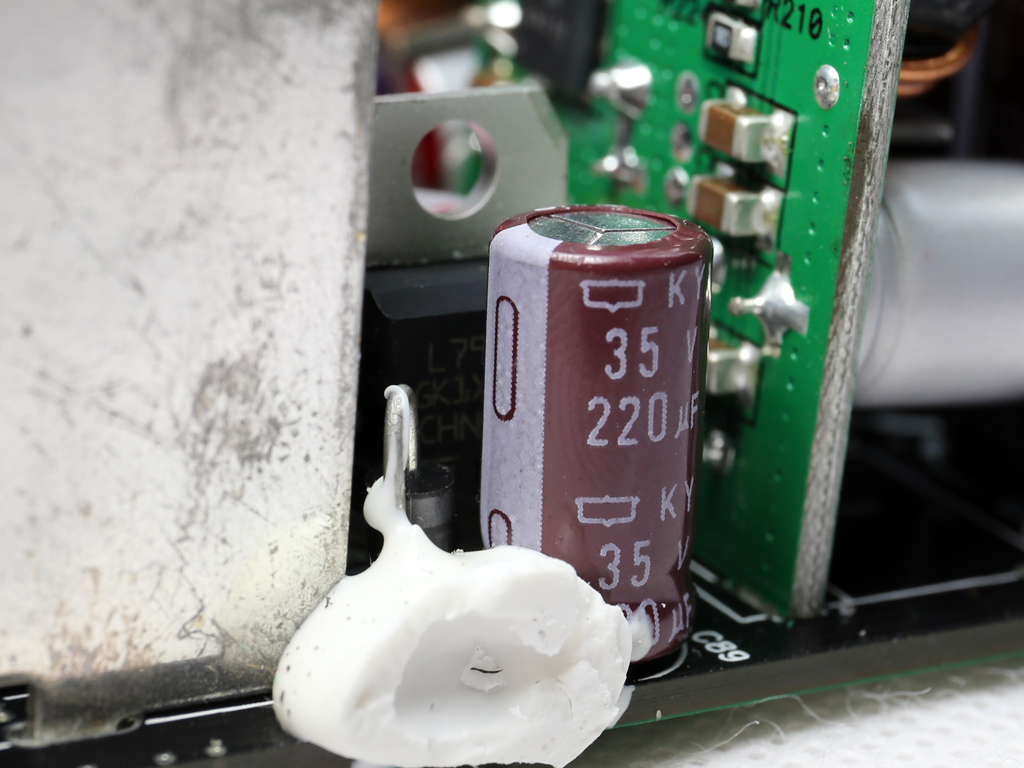Aerocool Project 7 850W PSU Review
Why you can trust Tom's Hardware
Teardown & Component Analysis
Parts Description
Before proceeding with this page we strongly encourage you to a look at our PSUs 101 article, which provides valuable information about PSUs and their operation, allowing you to better understand the components we're about to discuss. Our main tools for disassembling PSUs are a Thermaltronics soldering and rework station and a Hakko FR-300 desoldering gun. Finally, for the identification of tiny parts we use an Andonstar HDMI digital microscope.
| General Data | |
|---|---|
| Manufacturer (OEM) | Andyson |
| Platform Model | - |
| Primary Side | |
| Transient Filter | 4x Y caps, 3x X caps, 2x CM chokes, 1x MOV |
| Inrush Protection | NTC Thermistor & Diode |
| Bridge Rectifier(s) | 2x GBU1506L (600V, 15A @ 100°C) |
| APFC MOSFETs | 2x Infineon IPP50R140CP (550V, 15A @ 100°C, 0.14Ω) |
| APFC Boost Diode | 1x CREE C3D10060A (600V, 14A @ 135°C) |
| Hold-up Cap(s) | 2x Hitachi (420V, 470uF each or 940uF combined, 2000h @ 105°C, HU) |
| Main Switchers | 2x Infineon IPP50R140CP (550V, 15A @ 100°C, 0.14Ω) Driver IC: Silicon Labs Si8230BD |
| APFC Controller | Champion CM6502S |
| APFC Controller | Champion CM6901 |
| Topology | Primary side: Half-Bridge & LLC Resonant Controller Secondary side: Synchronous Rectification & DC-DC converters |
| Secondary Side | |
| +12V MOSFETs | 8x Infineon BSC010N04LS (40V, 100A @ 100°C, 1.0 mΩ) |
| 5V & 3.3V | DC-DC Converters: 2x CSD86350Q5D power blocks PWM Controller: 2x Anpec APW7073 |
| Filtering Capacitors | Electrolytics: Nippon Chemi-Con (105°C, KY, KZE), 1x Nichicon (4-10,000h, 105°C, HE) Polymers: 5x Nippon Chemi-Con, 6x FPCAP |
| Supervisor IC | SITI PS223 (OVP, UVP, OCP, SCP, OTP ) |
| Fan Model | 140mm LED fan (CD1425M12F, 12V, 0.24A, 1623 RPM, FDB) |
| 5VSB Circuit | |
| FET / Rectifier | 1x APEC AP92U03GM / PFR10V45CT (45V, 5x 2A, 0.4V @ 125°C) Driver IC: MIC4426 |
| Standby PWM Controller | Sanken STR-A6069H |
| -12V Circuit | |
| Rectifier | Kodenshi Auk SN7912PI (-12V, 2.2A @ 25°C) |
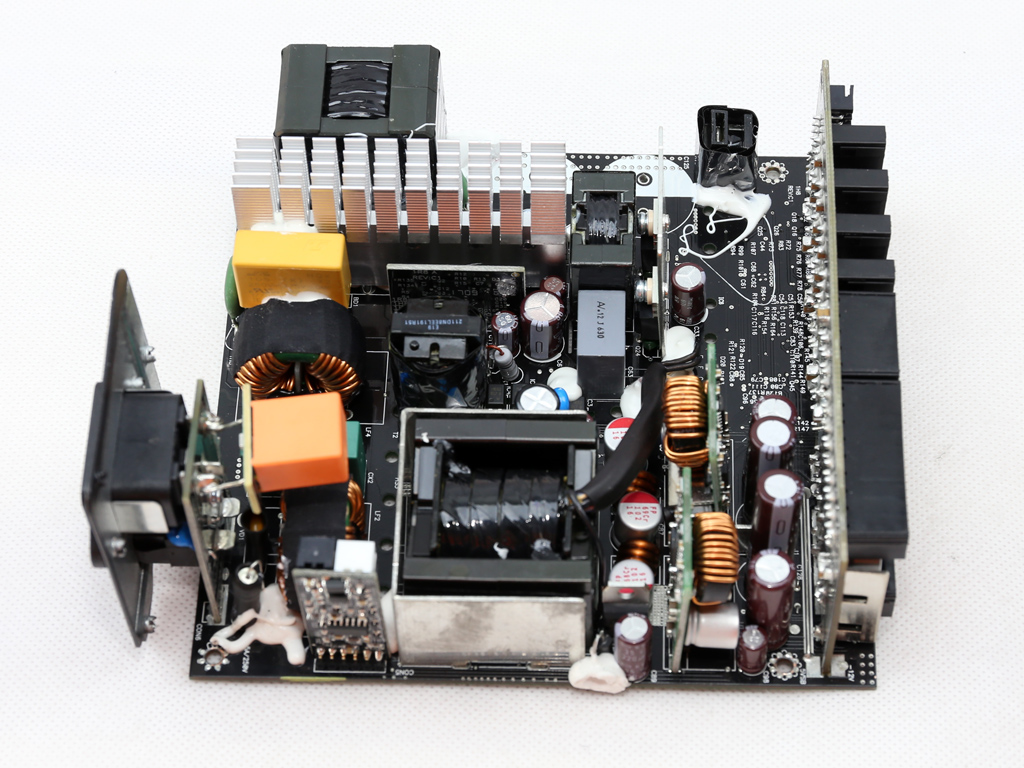
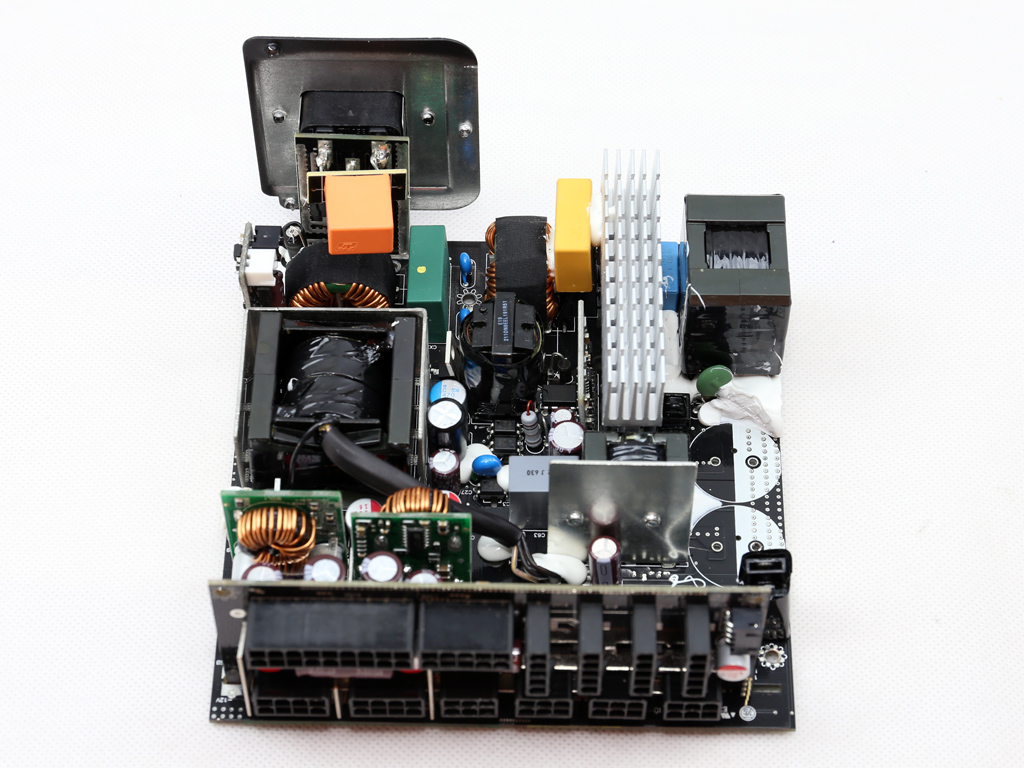

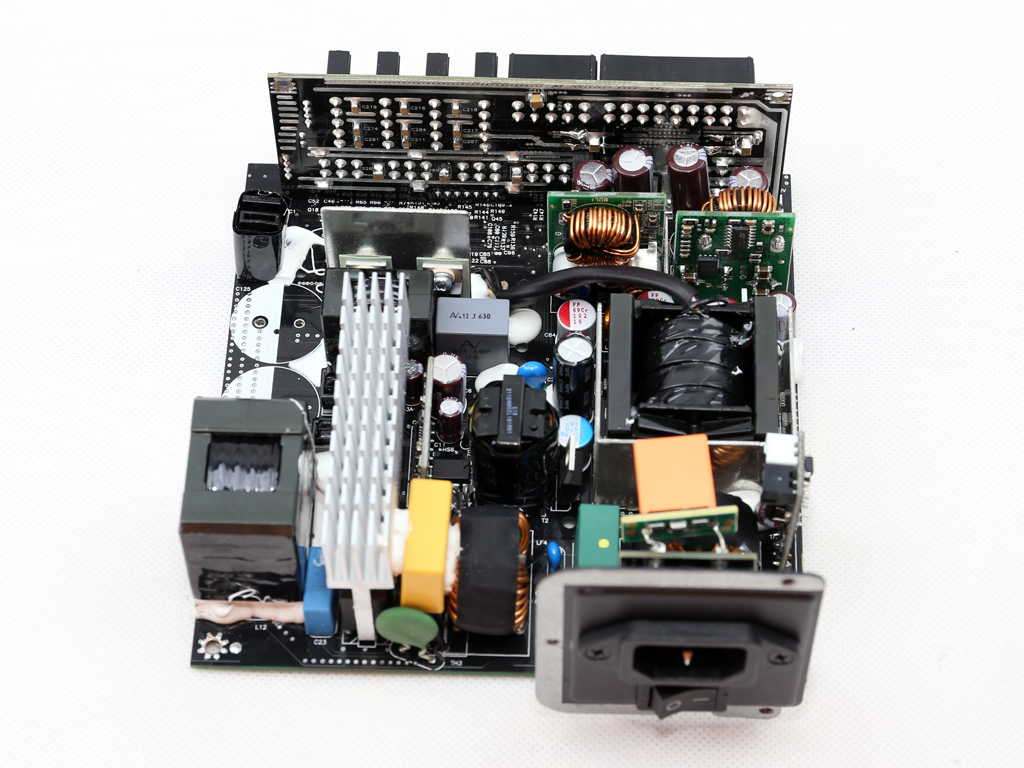
The ACP-850FP7 is based on Andyson's high-end platform, also utilized in the manufacturer's Titanium-class N700 model. But besides higher capacities and better ripple suppression, Aerocool also wanted fully modular cables, so keeping efficiency at such high levels wouldn't be easy. Moreover, it'd have a big impact on manufacturing costs.
What we end up with is a modern design that sports a half-bridge topology and LLC resonant converter on the primary side. On the secondary side, we find a synchronous rectification scheme for the +12V rail, along with DC-DC converters for generating the minor rails. All filtering caps are provided by Japanese manufacturers and are of good quality. The same applies to the primary- and secondary-side FETs (besides the filtering caps, FETs play a huge role in a PSU's reliability).
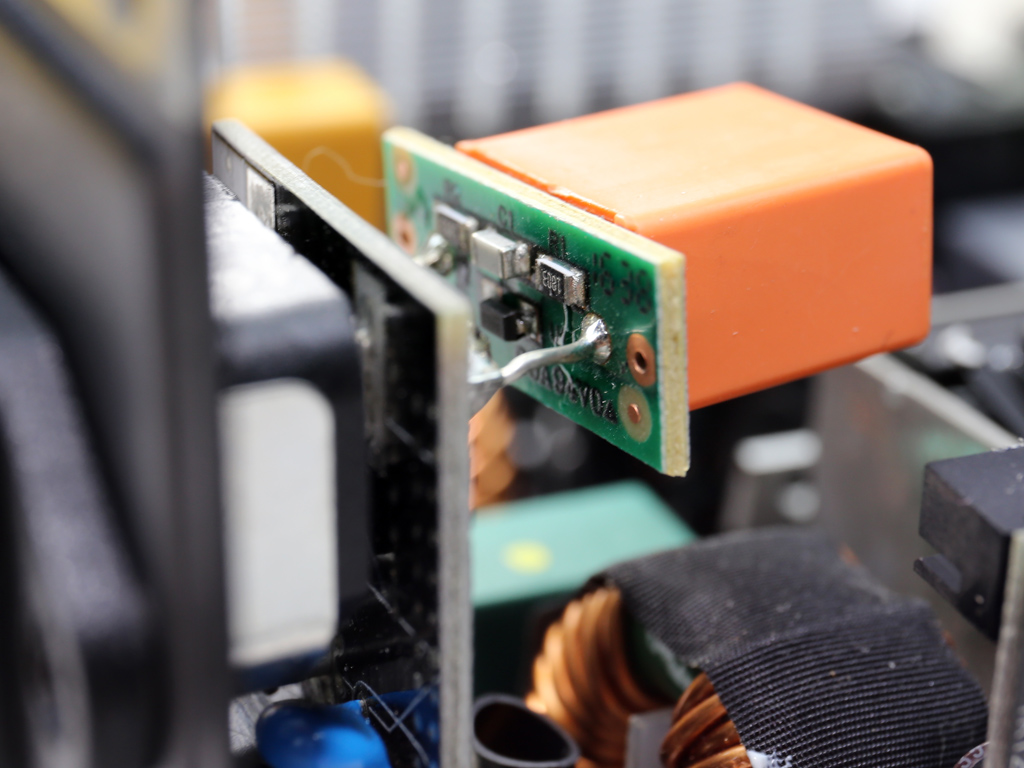
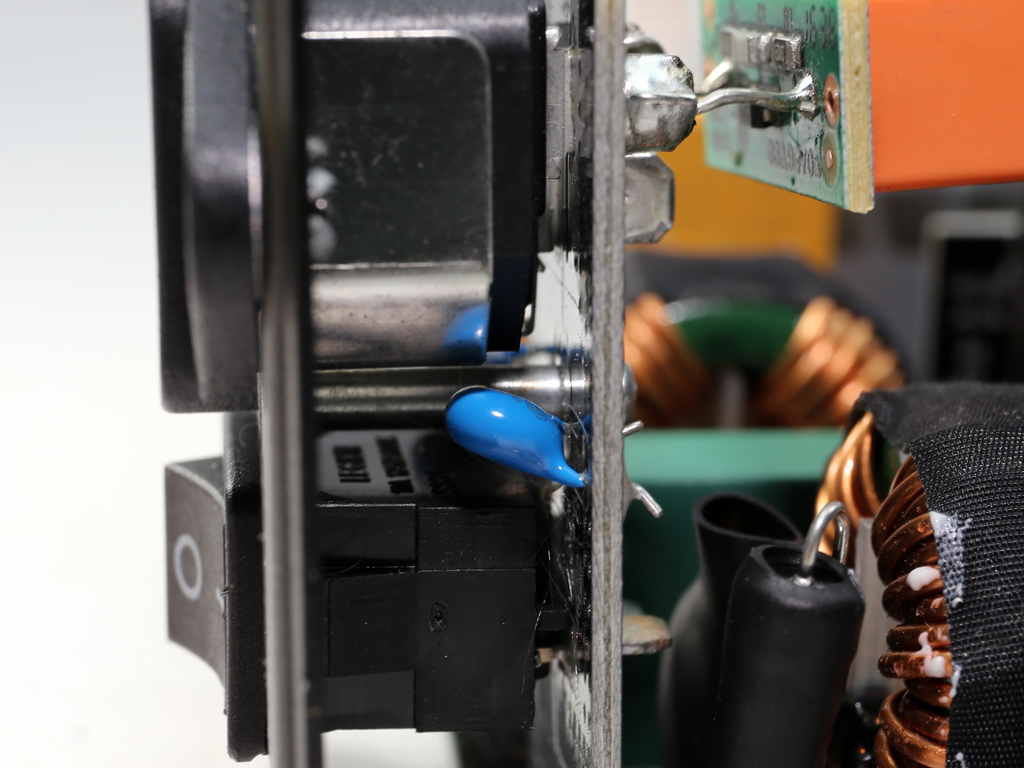
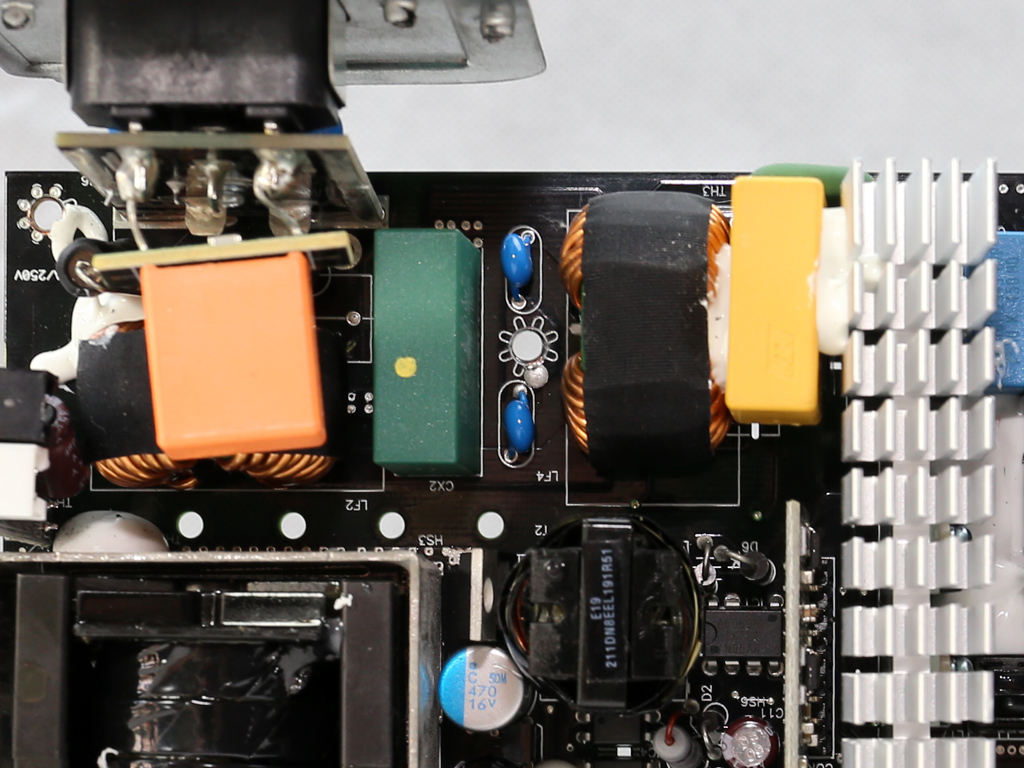
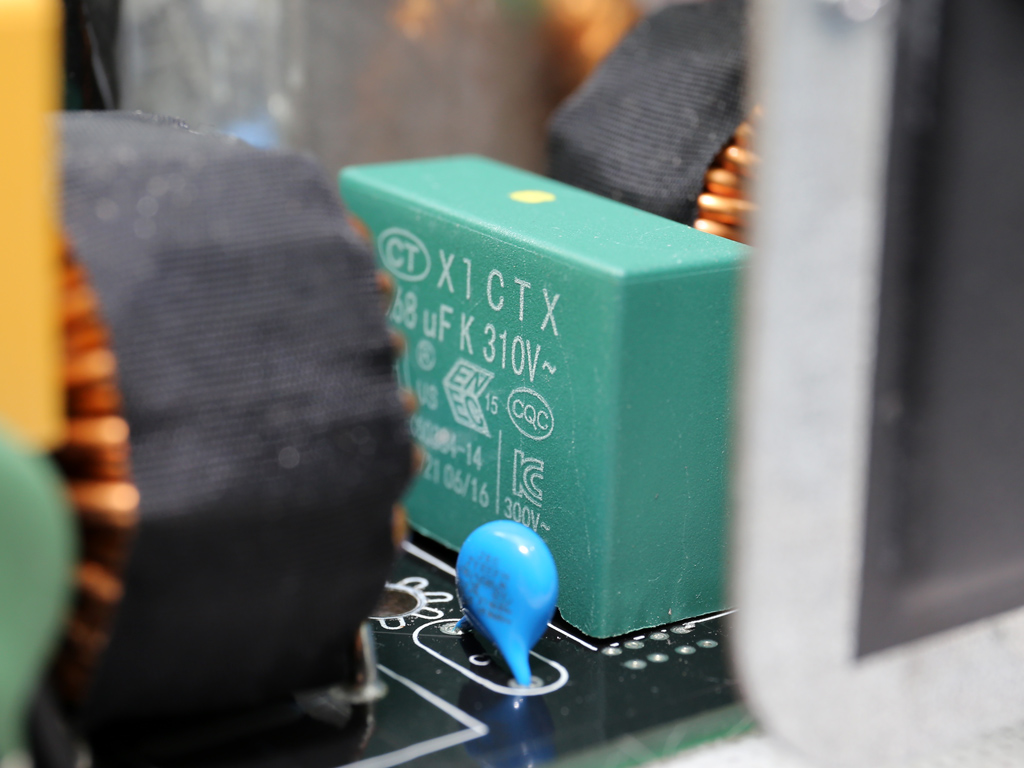
The first part of the transient filter is on a small PCB that also hosts the AC receptacle. It includes two Y caps and one X cap. The filter continues on the main PCB with two more Y caps and two X ones, two CM chokes, and an MOV.
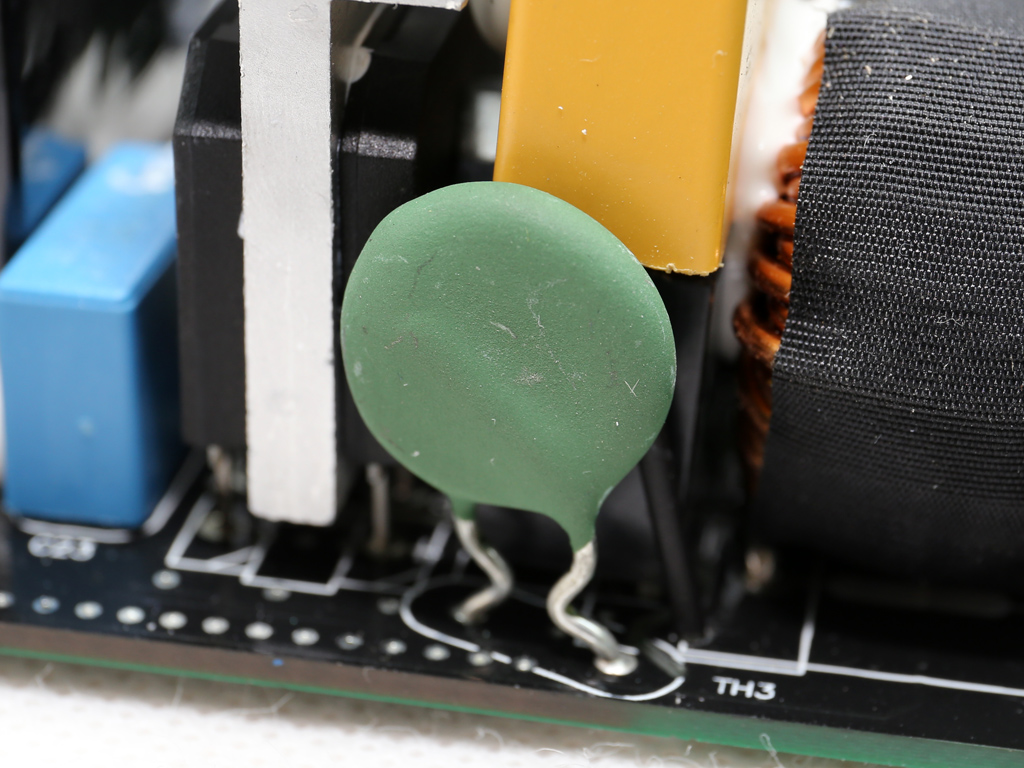
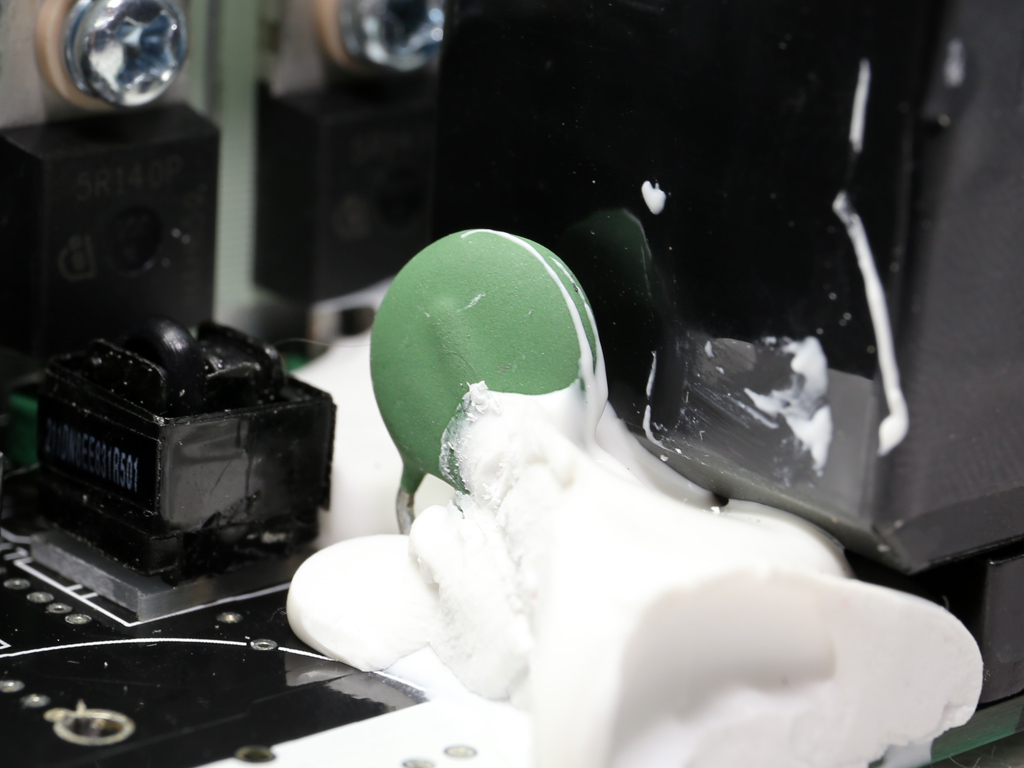
There are two NTC thermistors, one close to the transient filter, supported by a bypass relay, and a second one in the APFC section.
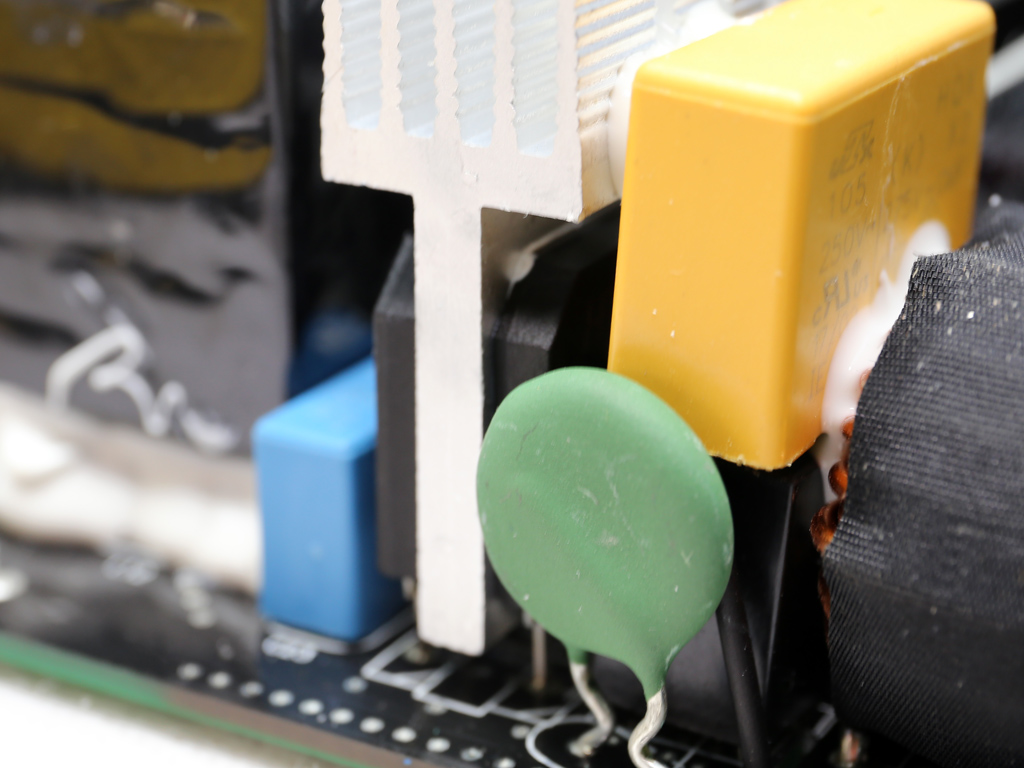
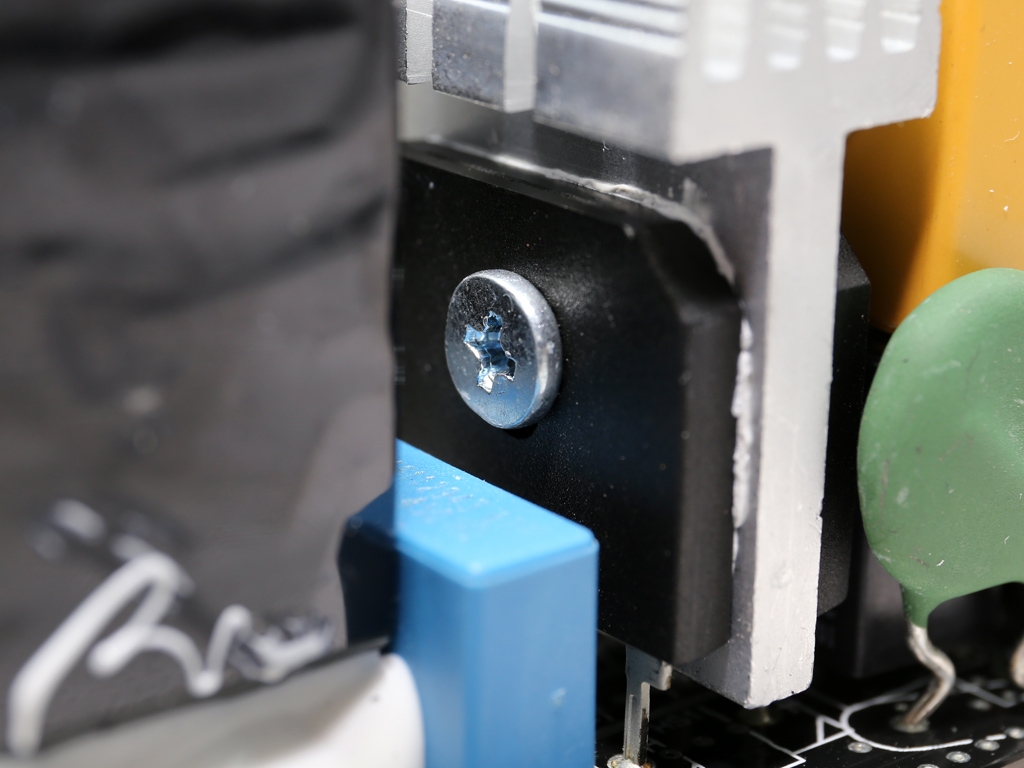
A pair of bridge rectifiers (2x GBU1506L) can handle up to 30A of current, which is quite a lot for an 850W PSU.
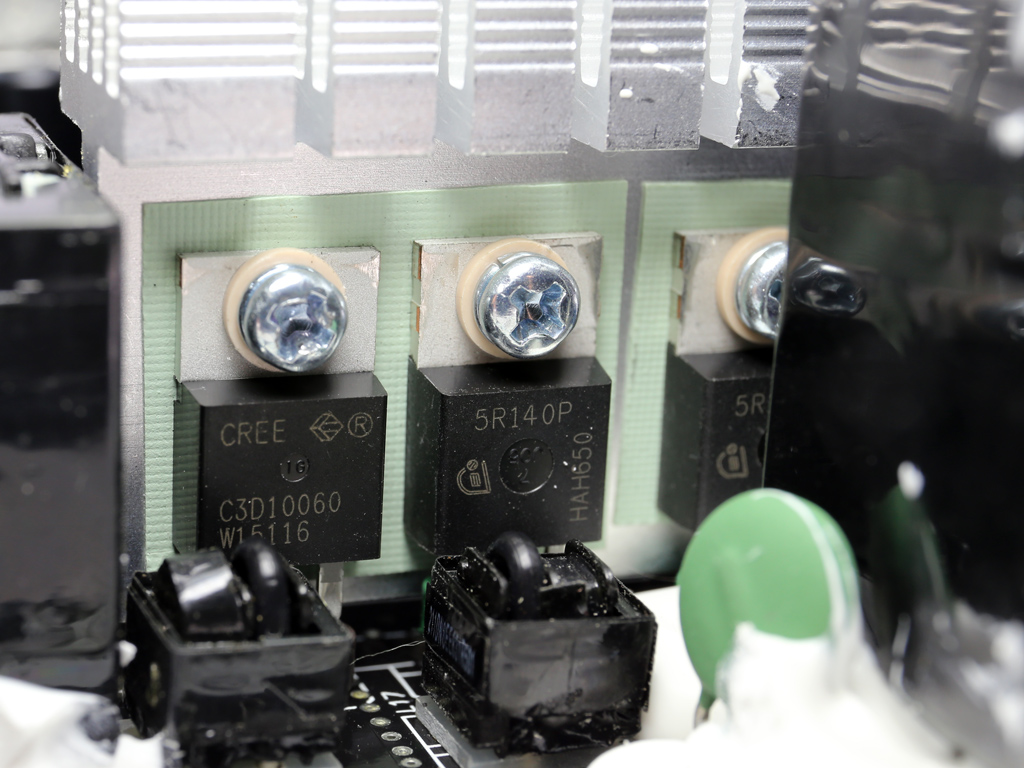
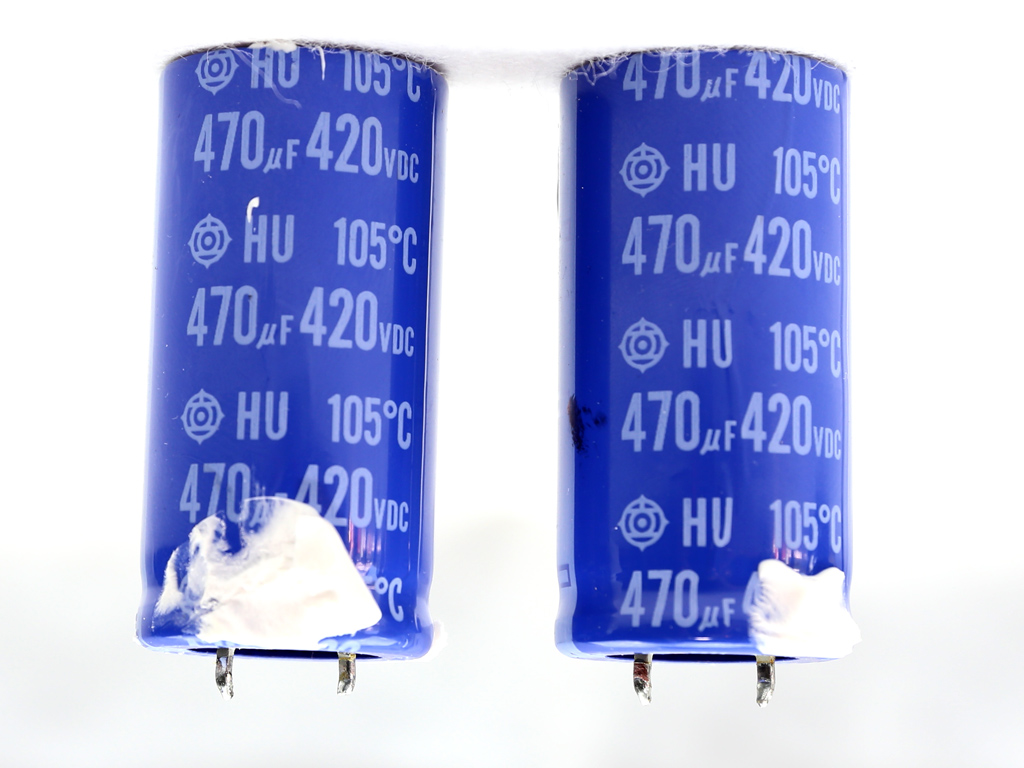
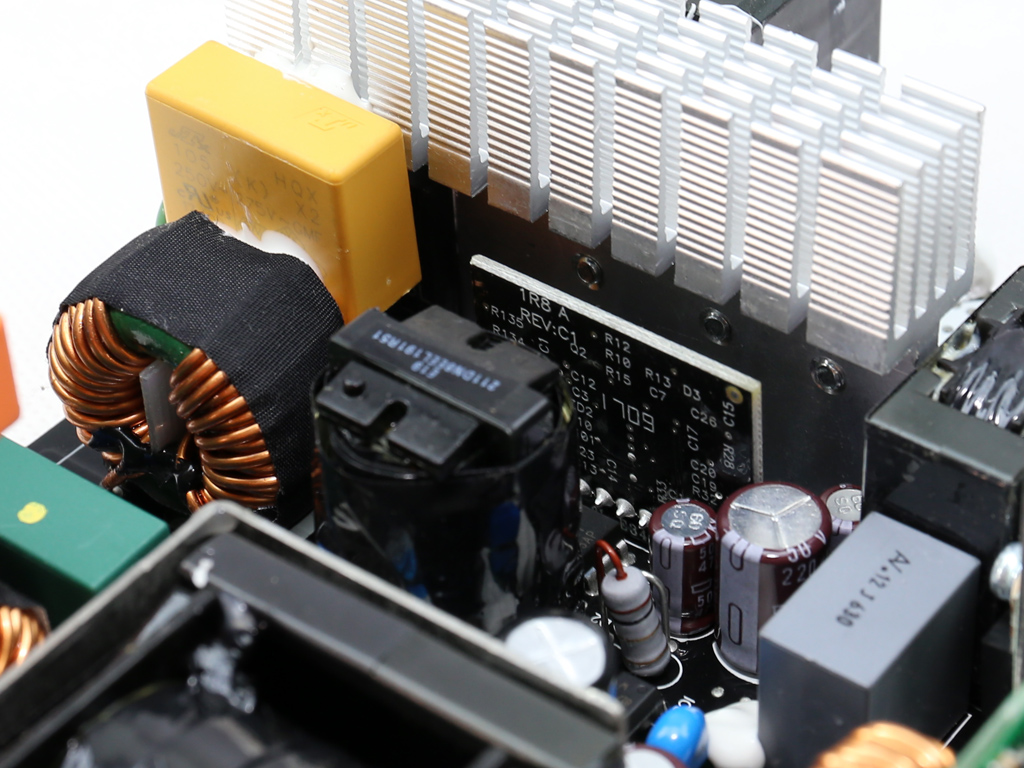
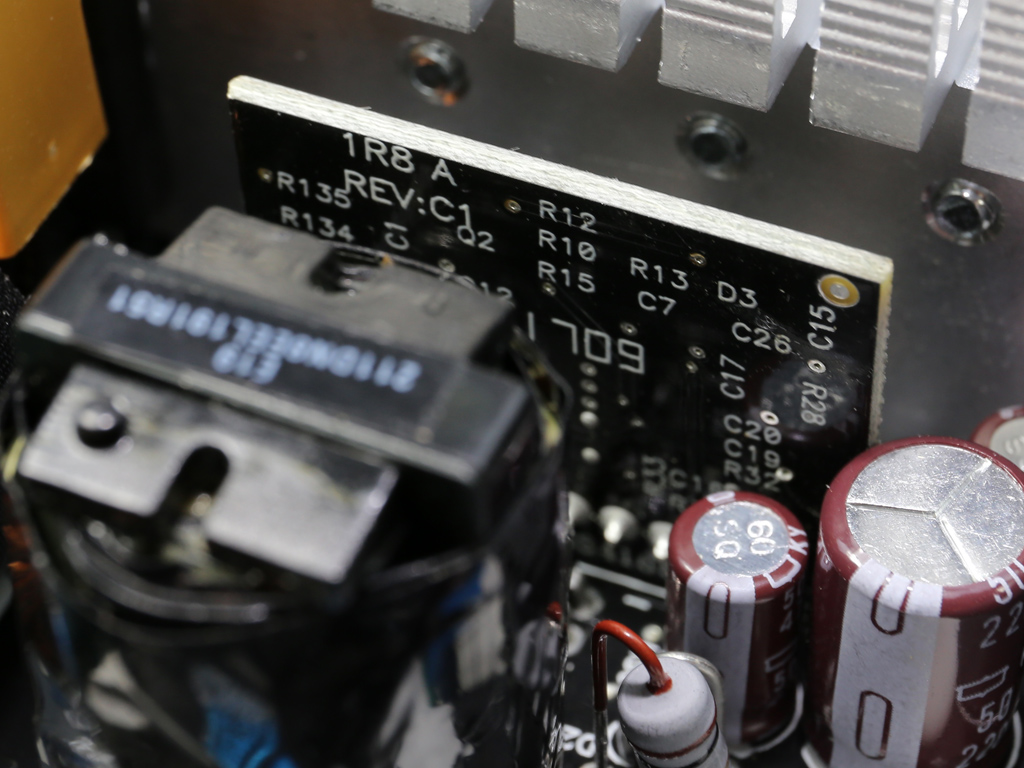
The APFC converter uses two Infineon IPP50R140CP FETs along with a single CREE C3D10060A boost diode. Two bulk caps are provided by Hitachi and belongs to its HU series. Their combined capacity, 940uF, is enough for the needs of this PSU. The APFC controller is a Champion CM6502S IC, and it's installed on a small vertical daughterboard located close to the APFC's heat sink.
Get Tom's Hardware's best news and in-depth reviews, straight to your inbox.
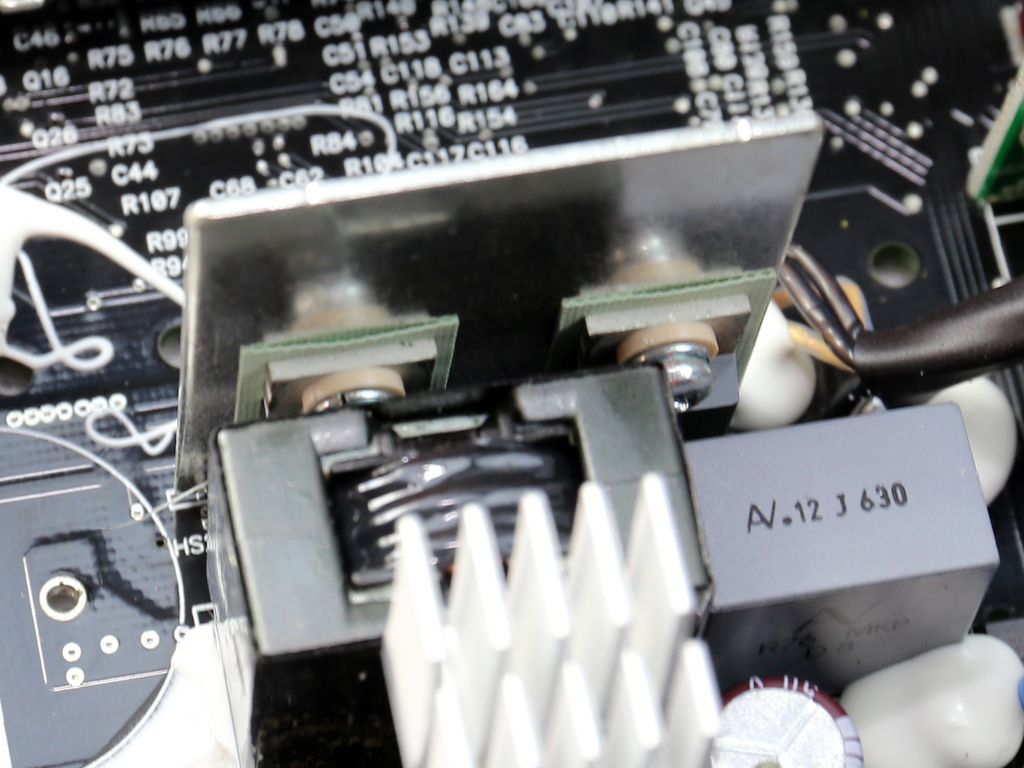
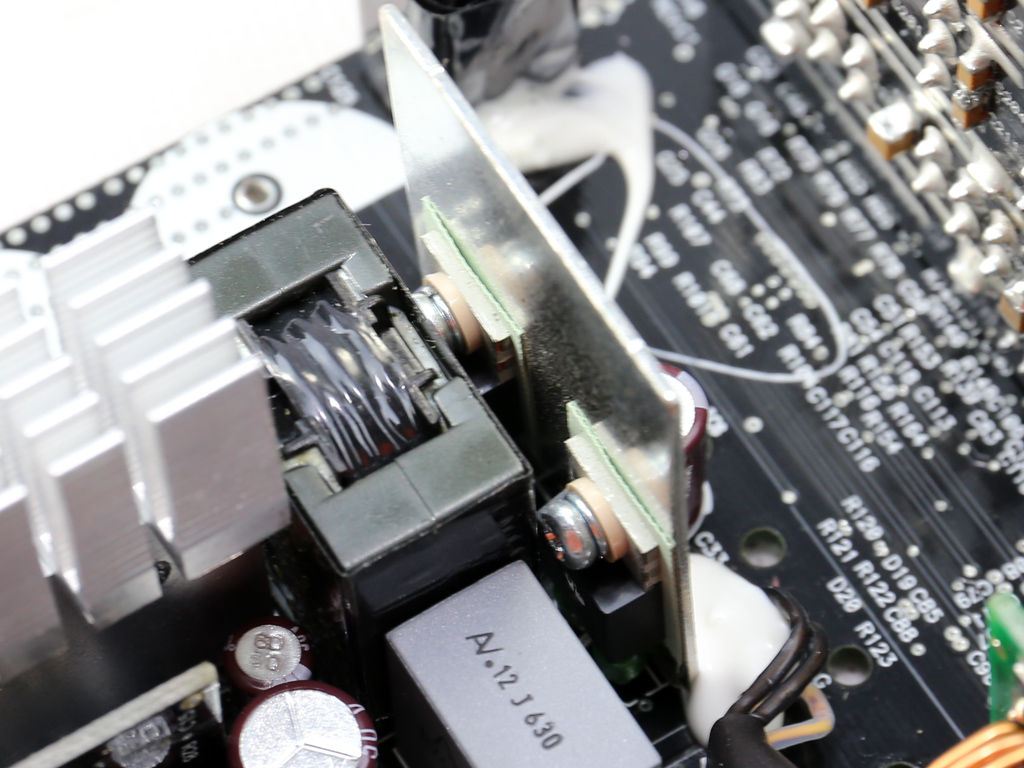
Both primary FETs, two Infineon IPP50R140CPs, are bolted onto a small piece of metal that acts as a heat sink. Those FETs are configured into a half-bridge topology. An LLC resonant converter is also used to boost efficiency. The LLC resonant controller is Champion's famous CM6901, which is installed on the solder side of the PCB. Next to the CM6901 we also spot a Silicon Labs Si8230BD driver IC, used for controlling the primary FETs.
The main transformer is nearly surrounded by a metallic shield/heat sink. It's fairly compact given this unit's capacity, so we can assume it employs a special design.
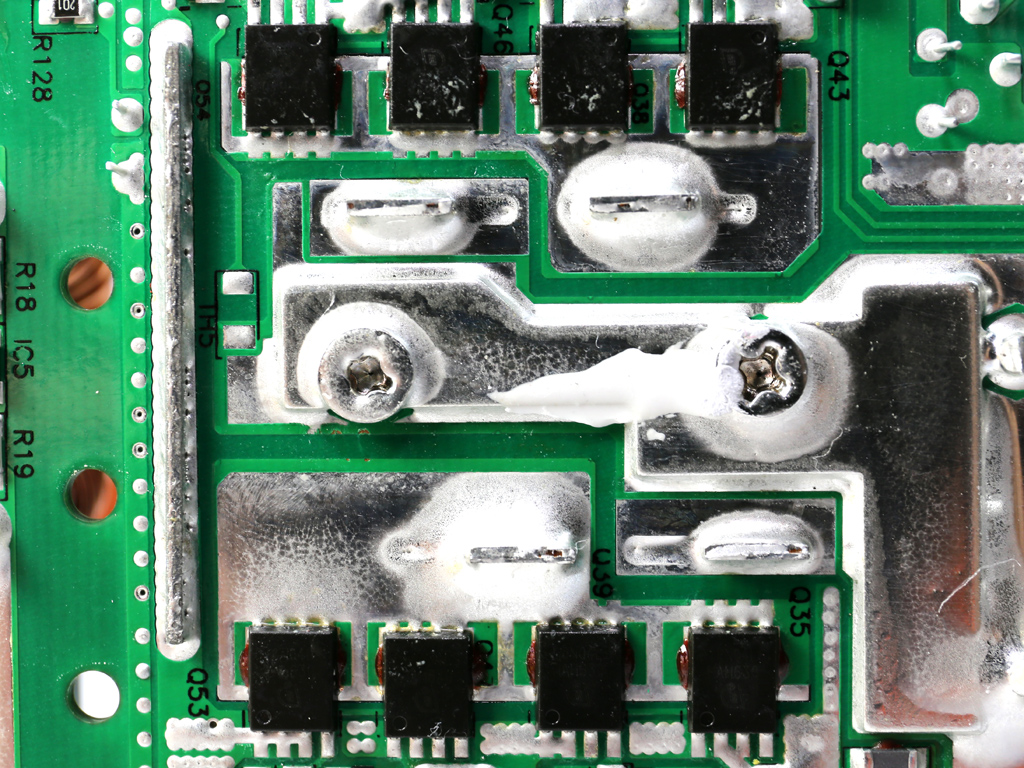
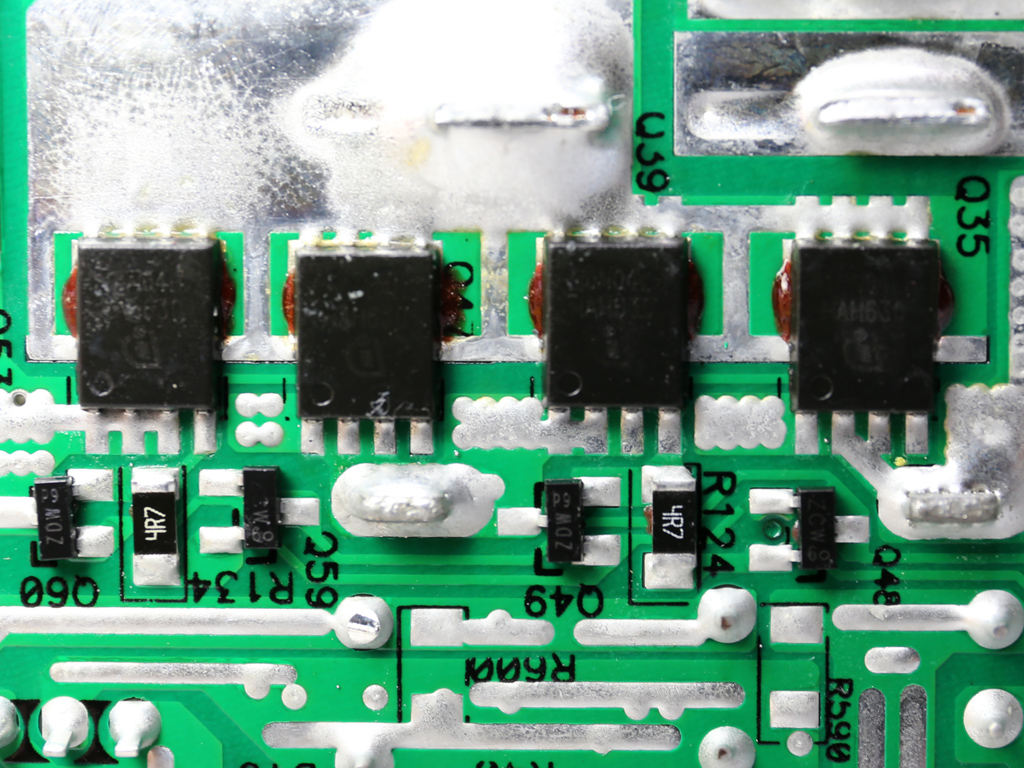
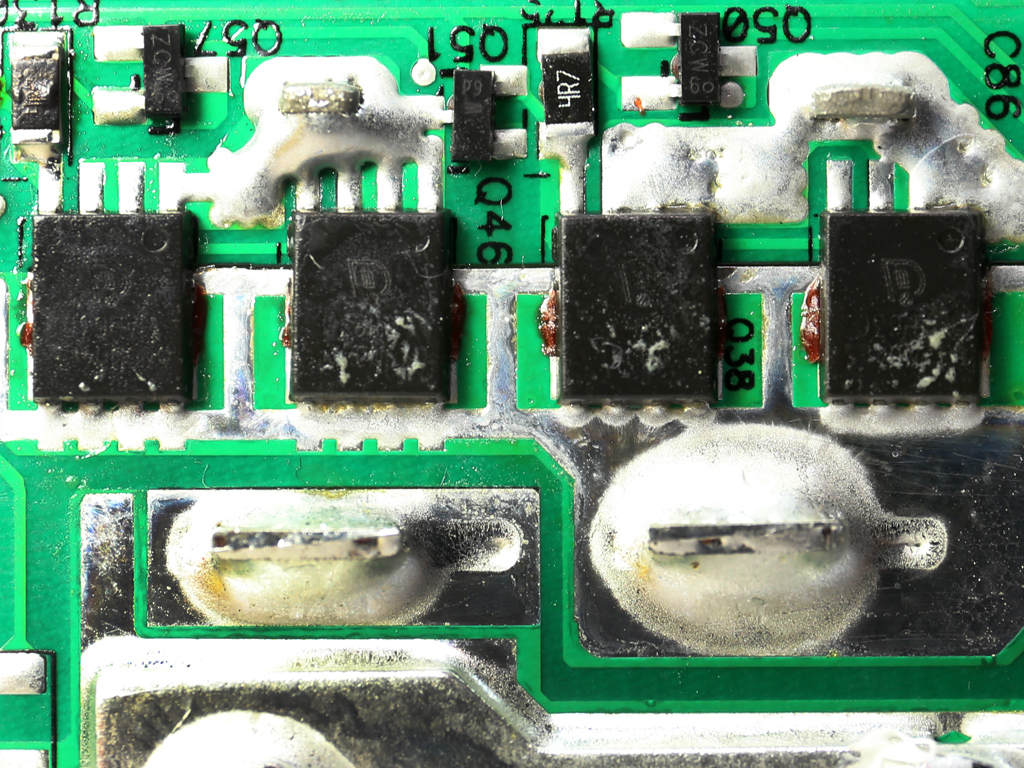
Eight Infineon BSC010N04LS FETs regulate the +12V rail. These FETs are cooled by the chassis through a thermal pad that facilitates heat transfer.
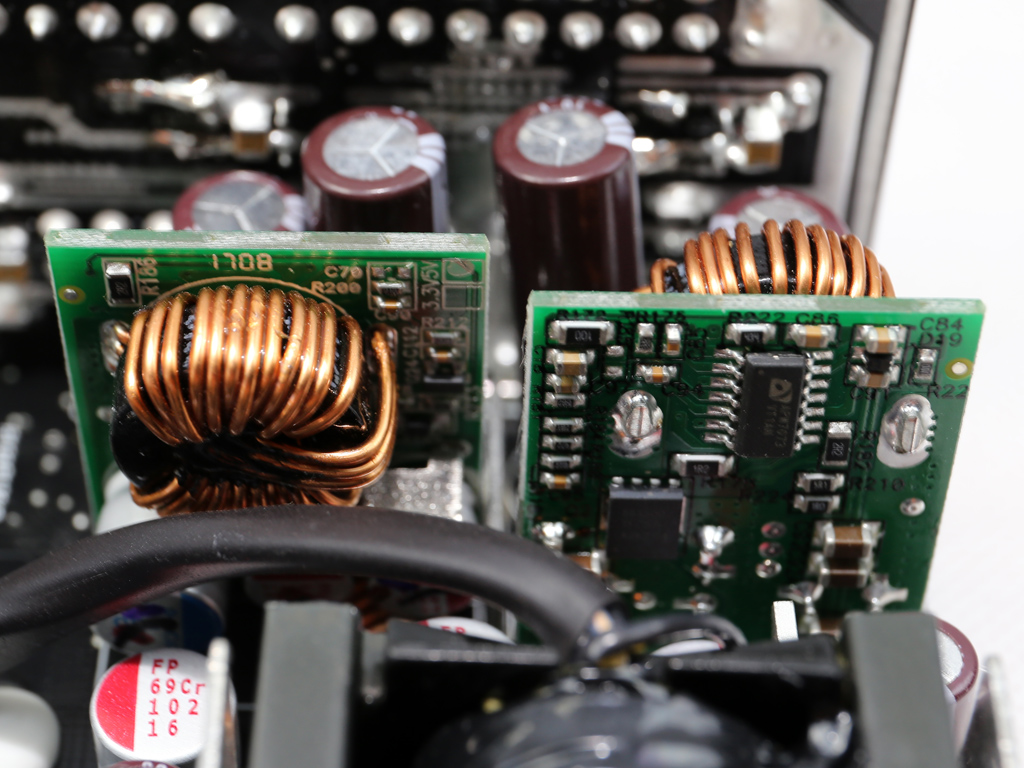
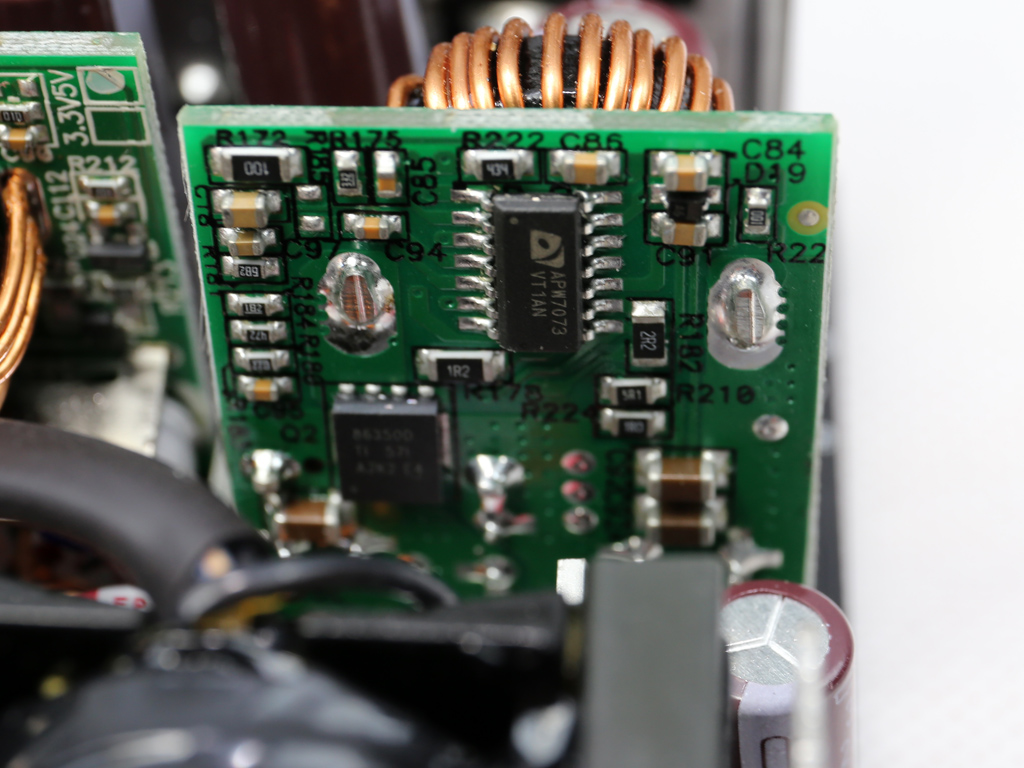
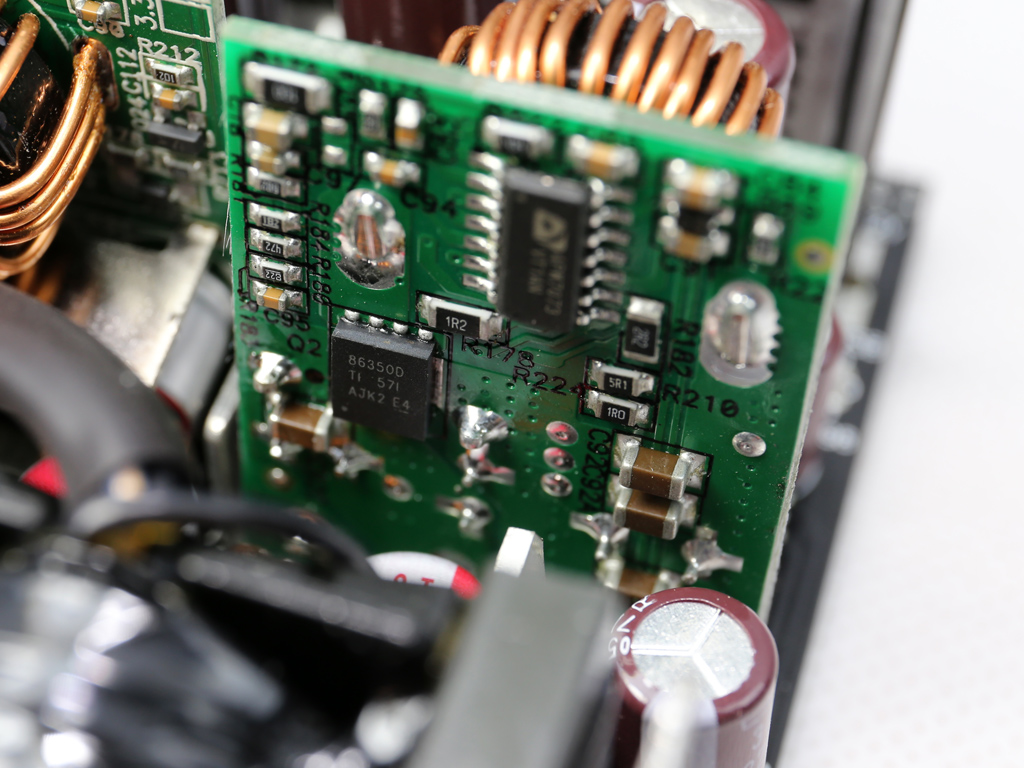
Both DC-DC converters use two CSD86350Q5D power blocks and a pair of Anpec APW7073 PWM controllers.
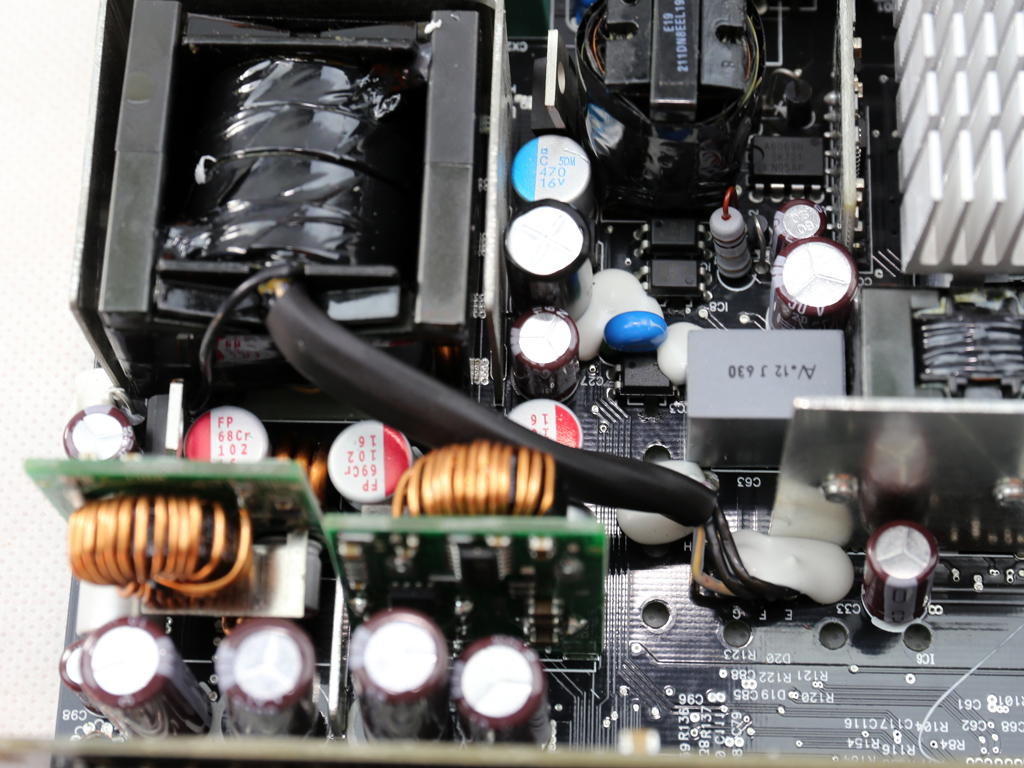
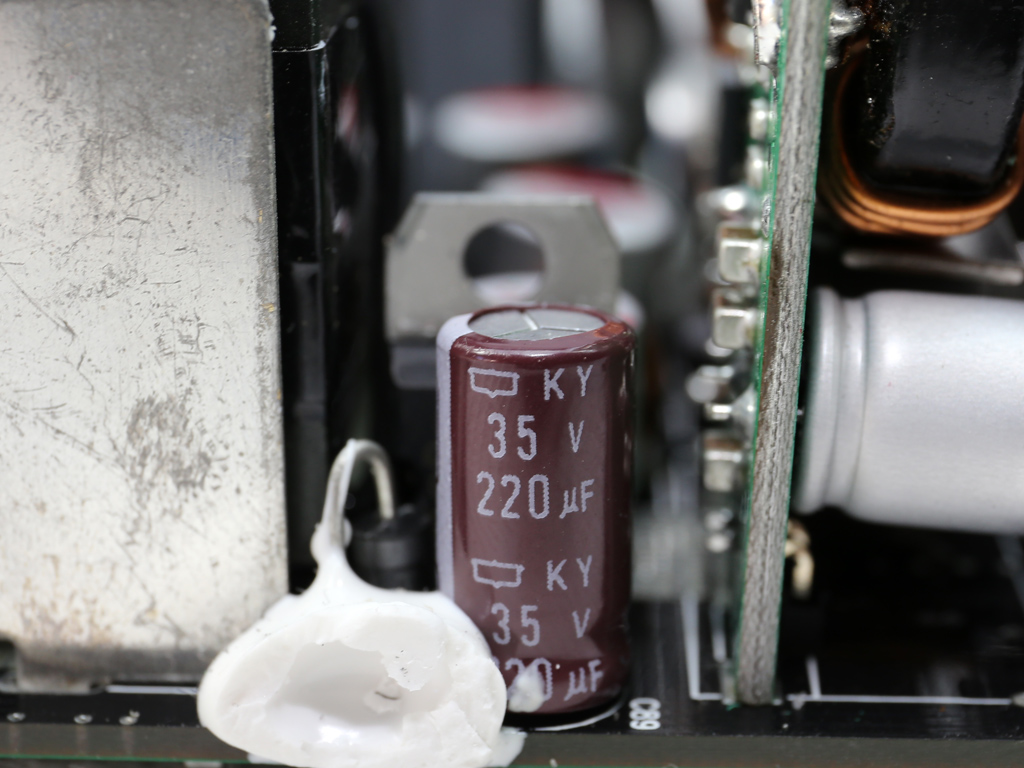
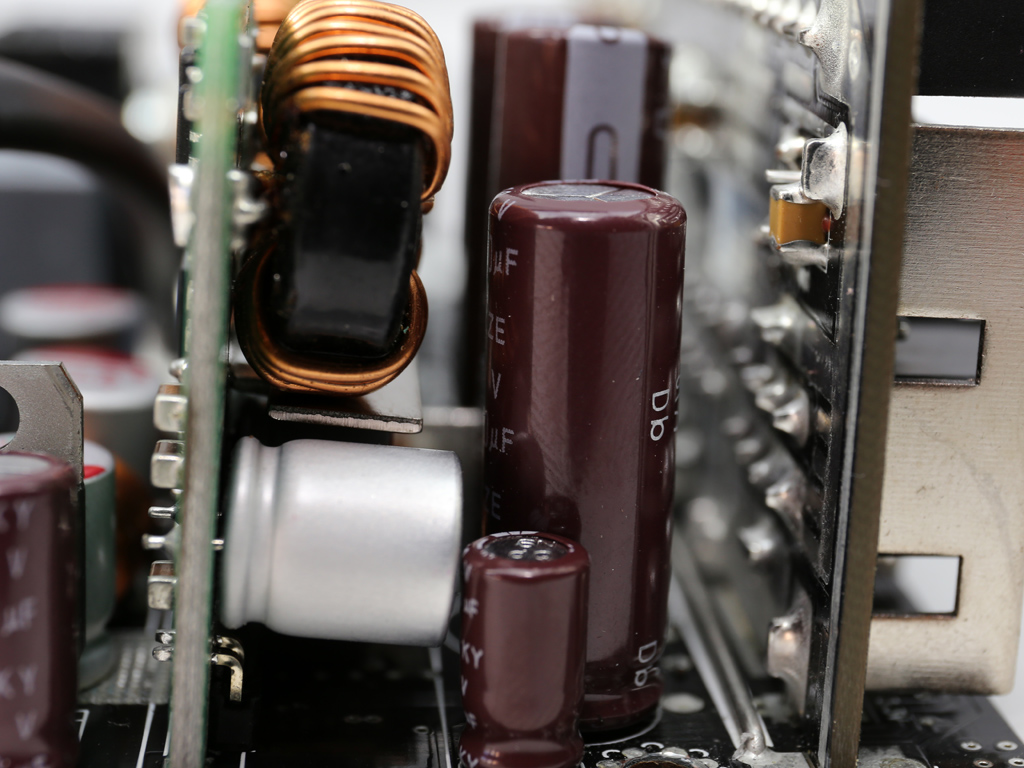
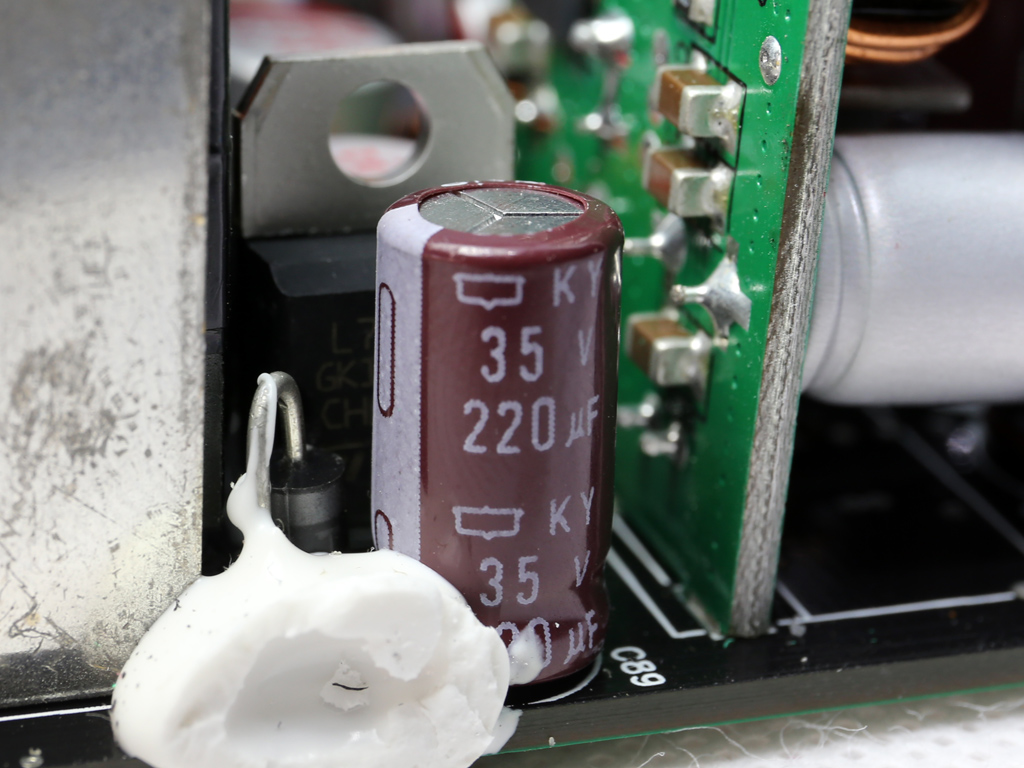
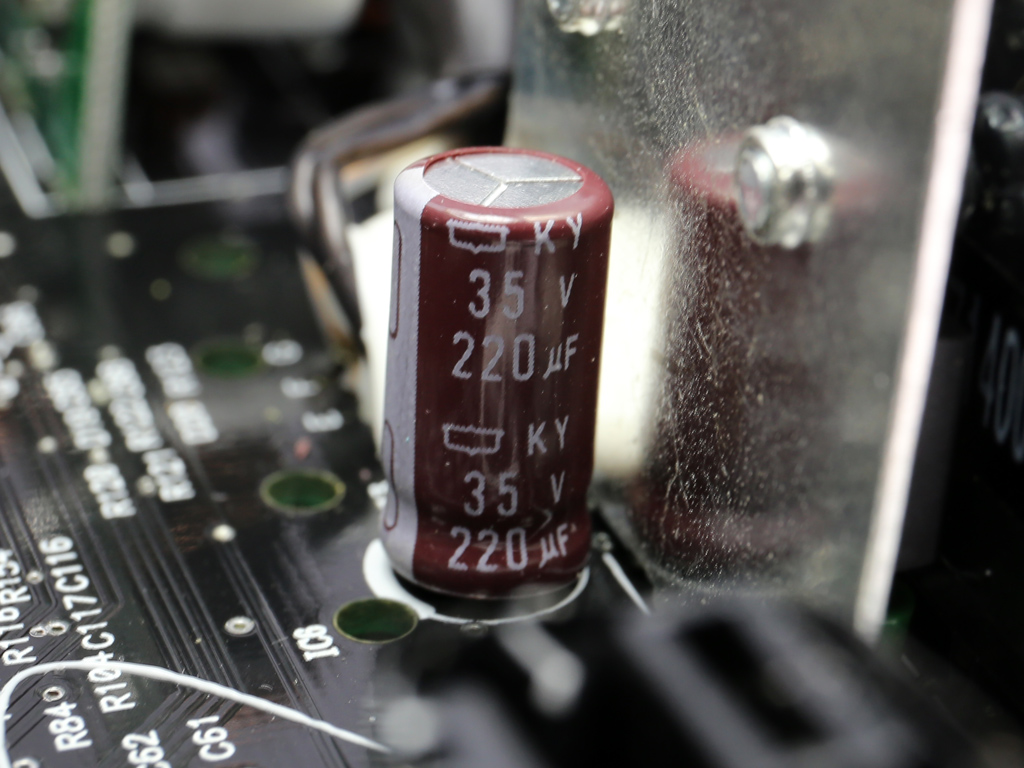
A number of Chemi-Con KY and KZE electrolytic caps, along with a Nichicon, are used for ripple filtering purposes. They're accompanied by almost a dozen Chemi-Con and FPCAP polymer caps.
A SITI PS223 is installed on the board's solder side. It supports all necessary protection features, including OTP. In our opinion, it's one of the best (and most complete) supervisor ICs.
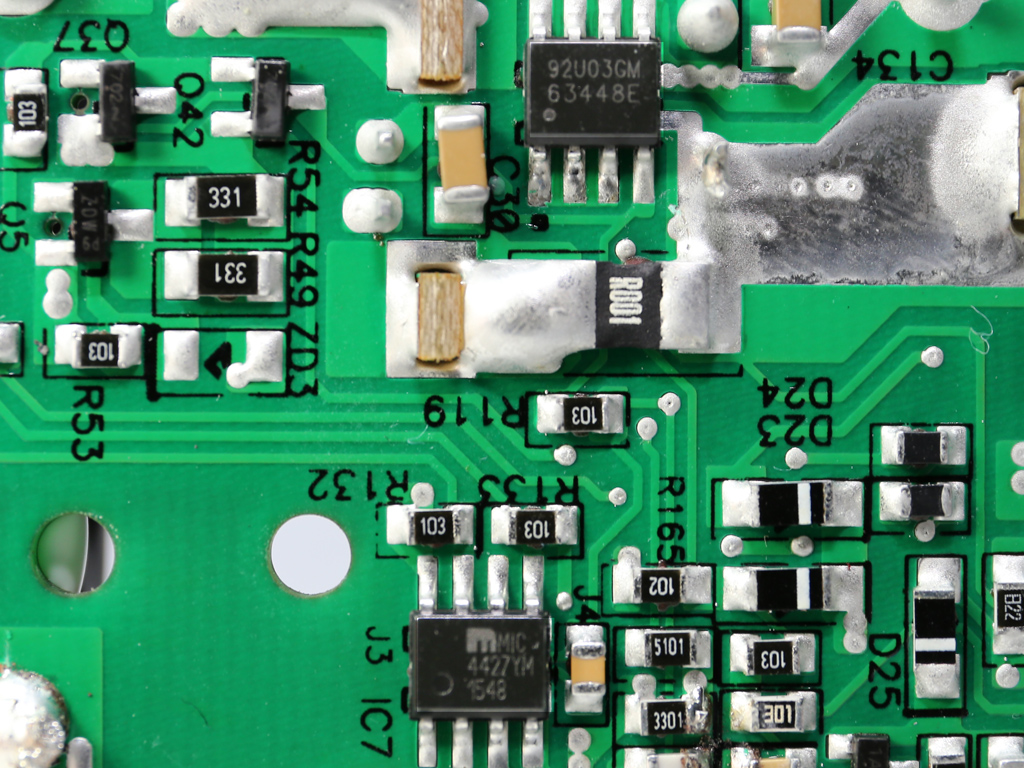
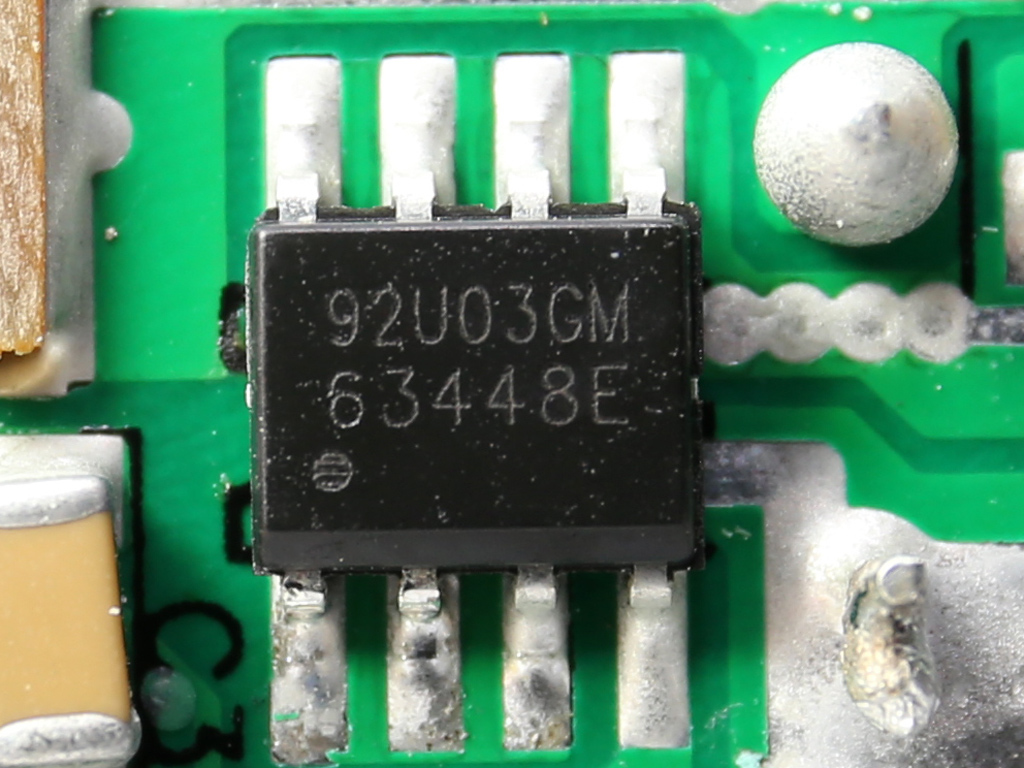

The 5VSB circuit uses an APEC AP92U03GM FET and PFR10V45CT SBR combo. A MIC4426 driver IC is most likely used to control the FET. Finally, the standby PWM controller is a Sanken STR-A6069H.
A KODENSHI AUK SN7912PI rectifies the -12V circuit.
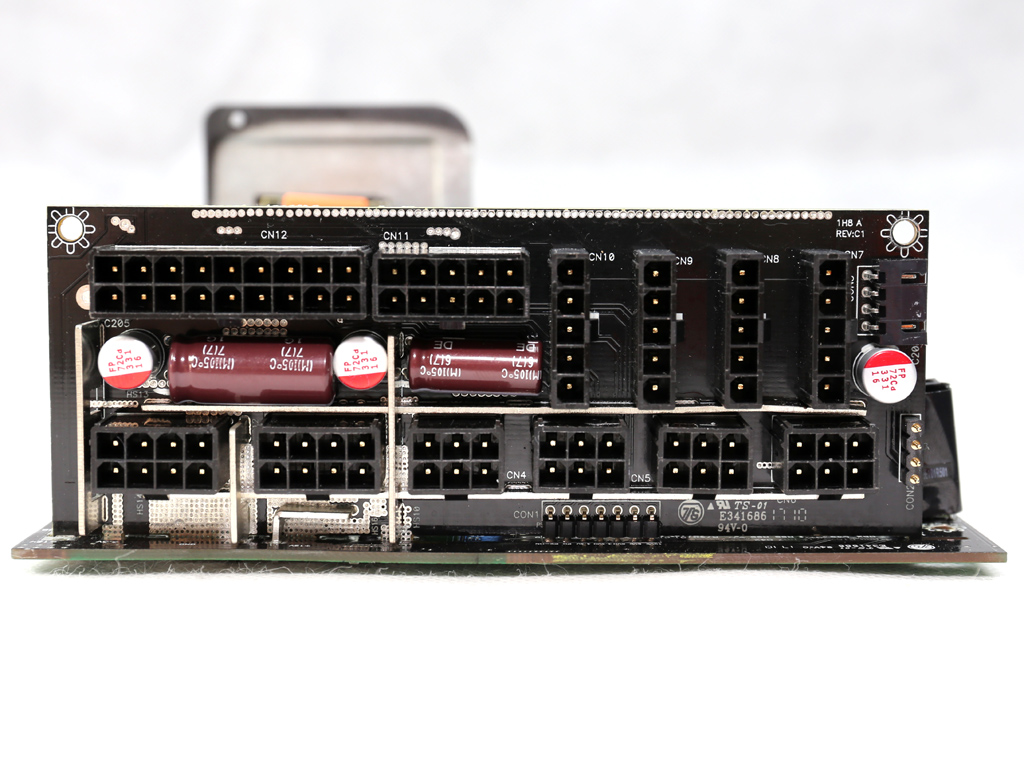
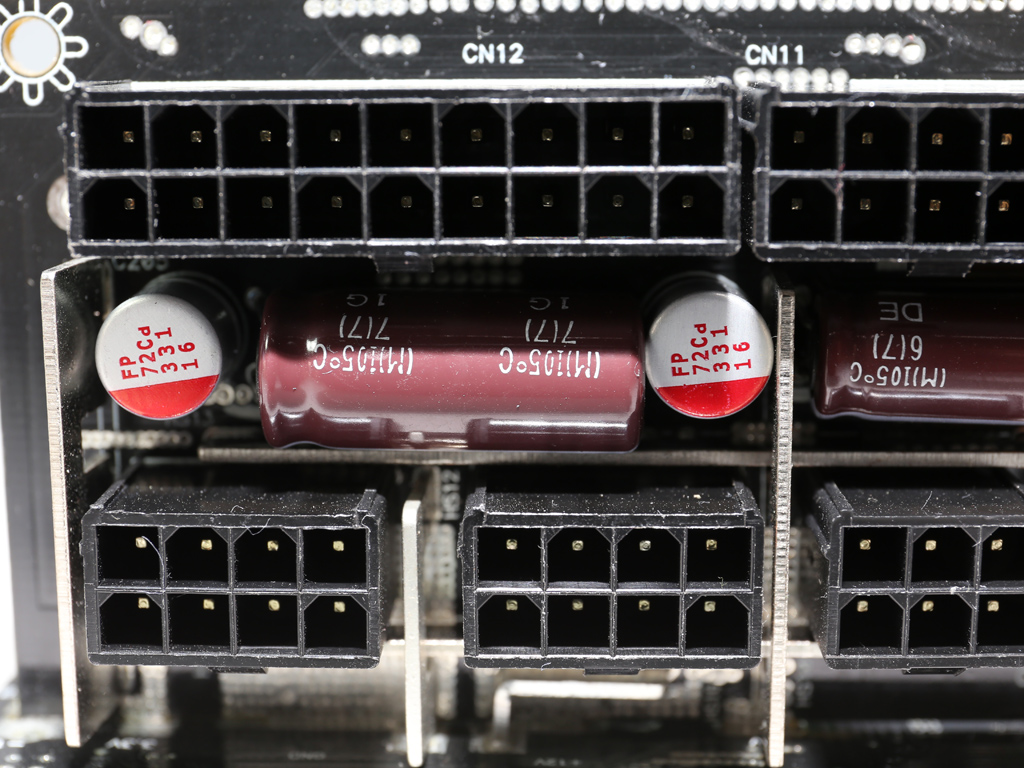
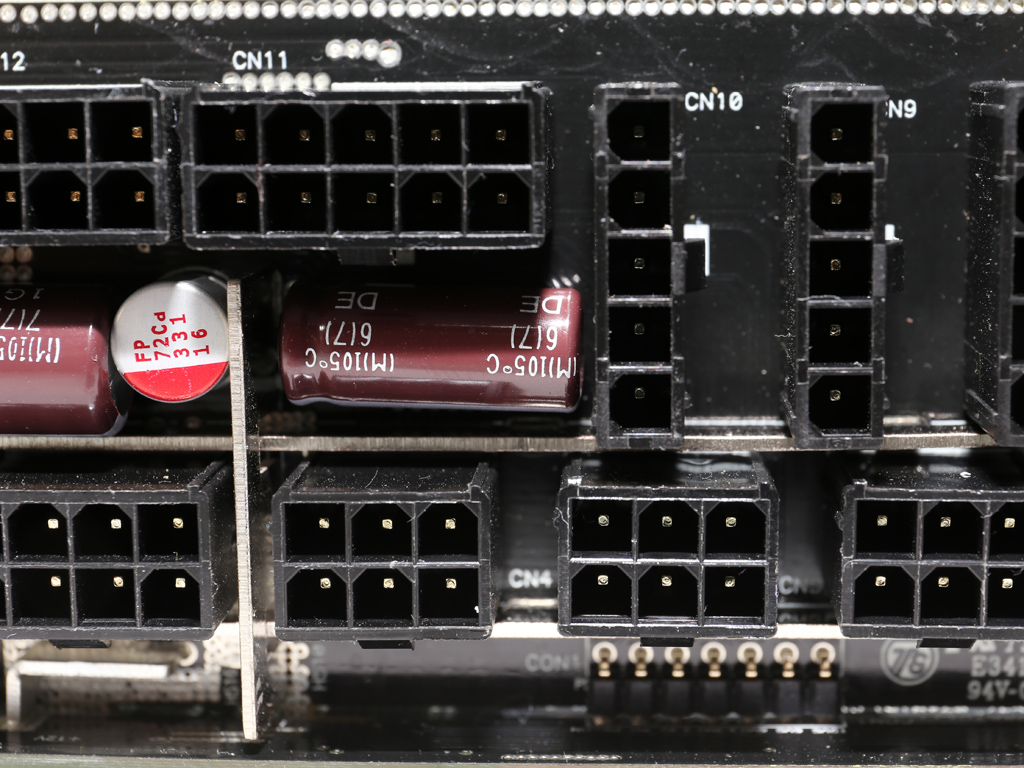
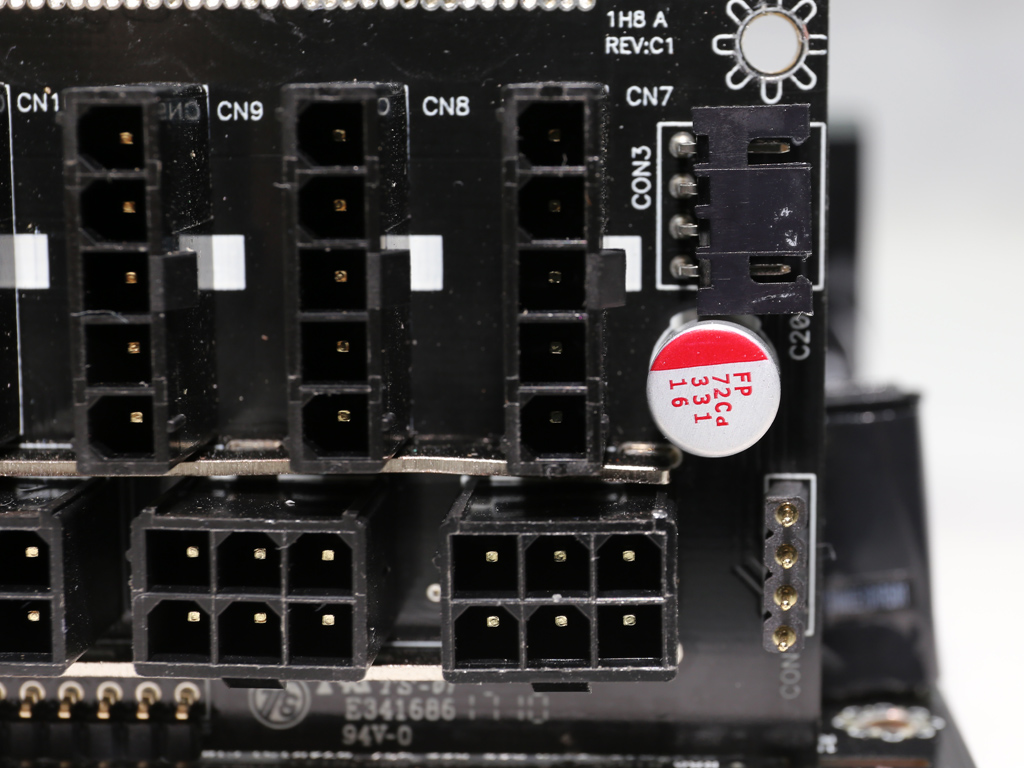
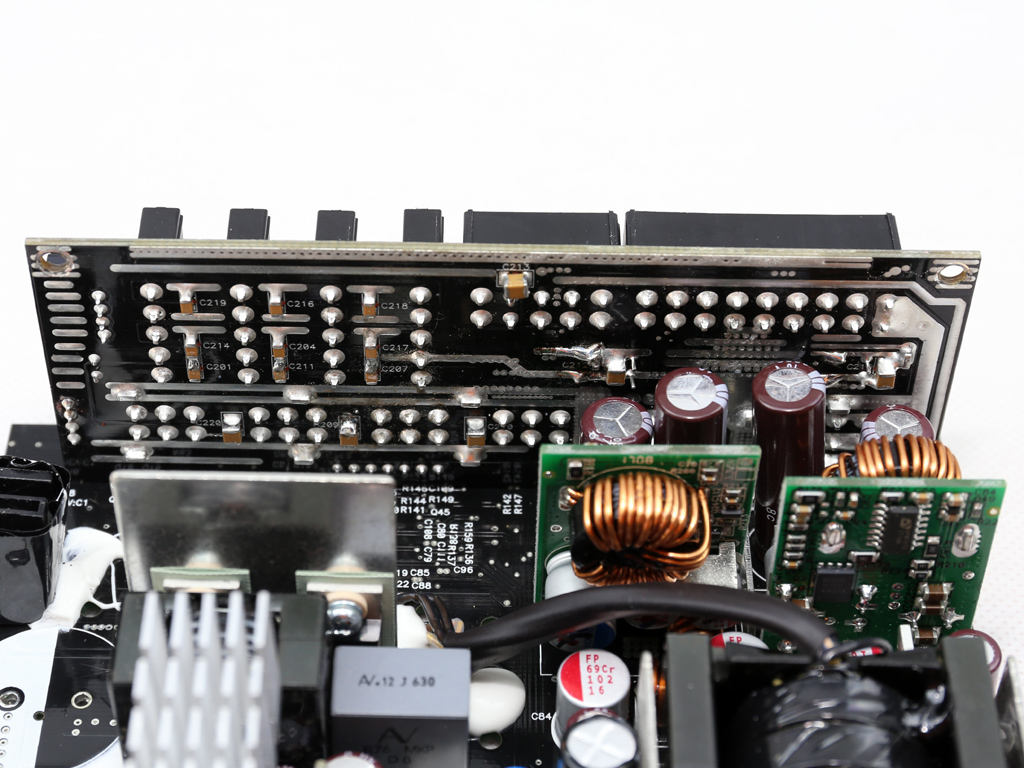
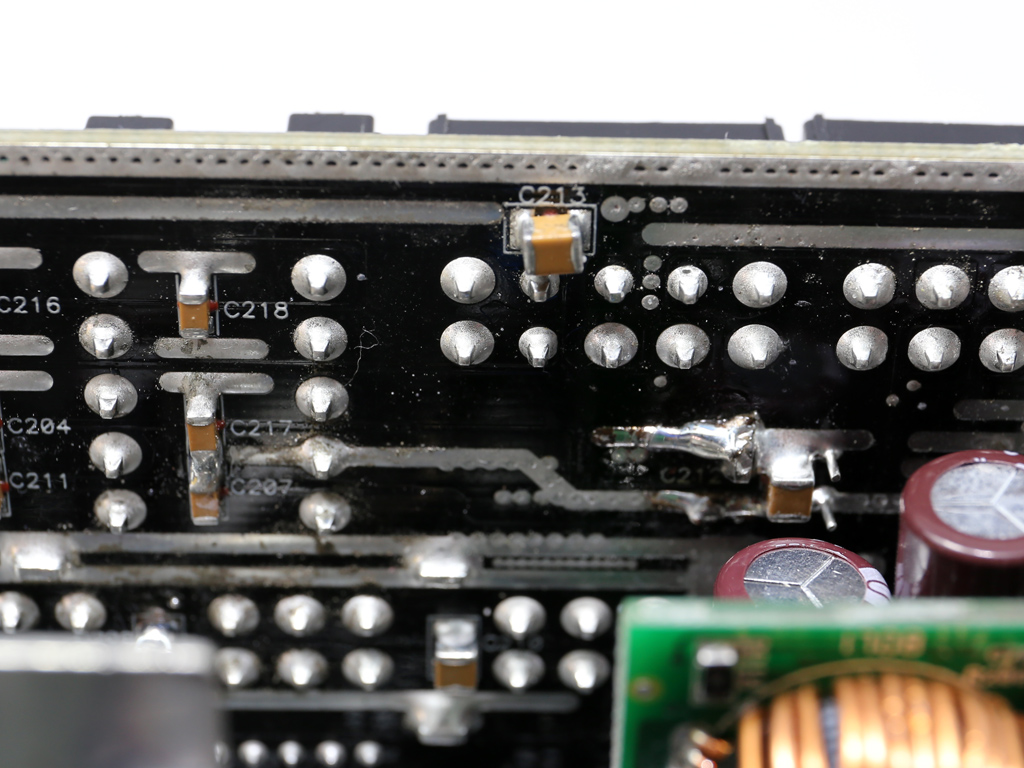
Two Chemi-Con electrolytic caps and three polymer ones (by FPCAP) on the modular board's primary side provide an extra ripple-filtering layer. On the back of the modular board, we find many small polymer caps.
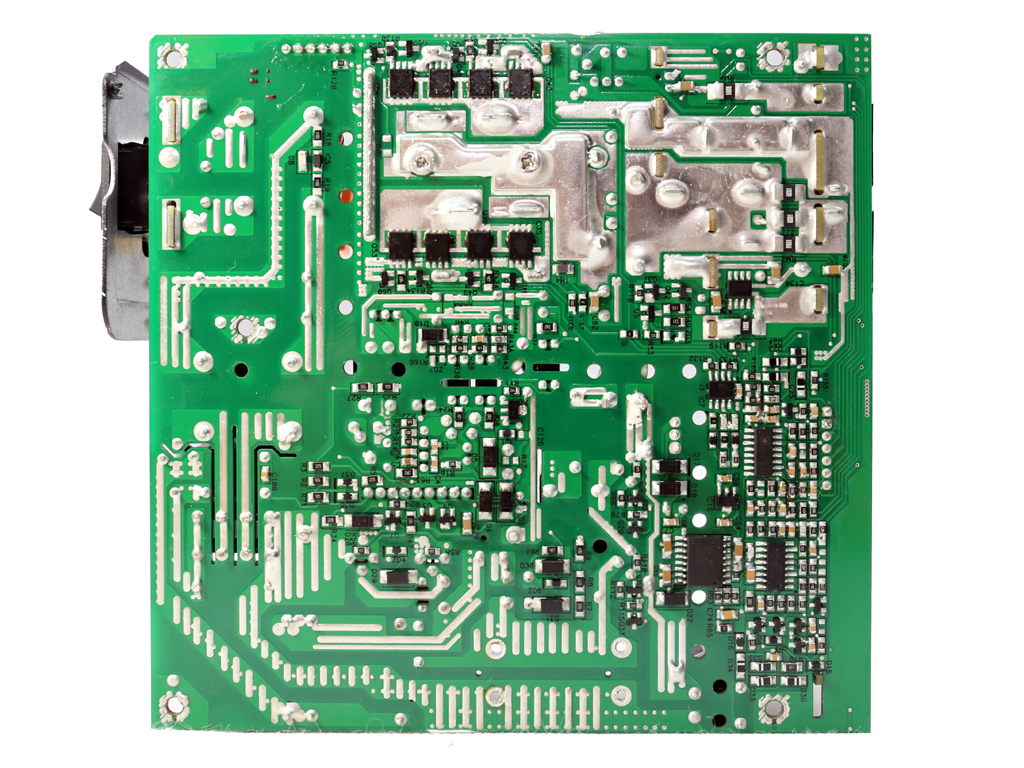
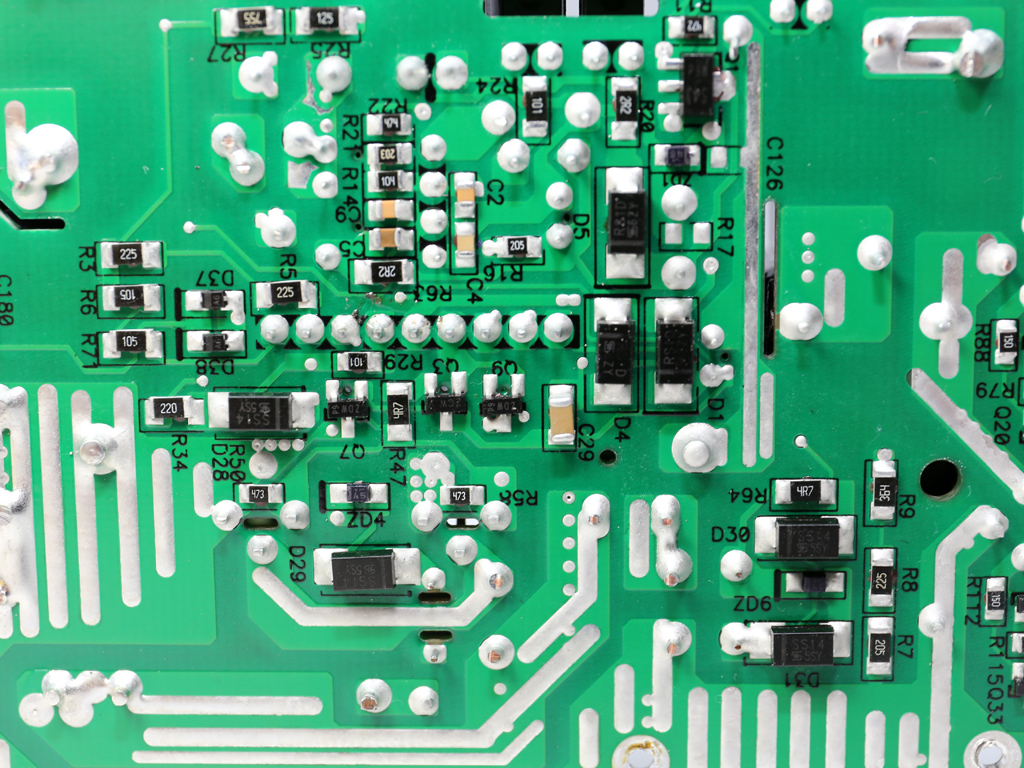
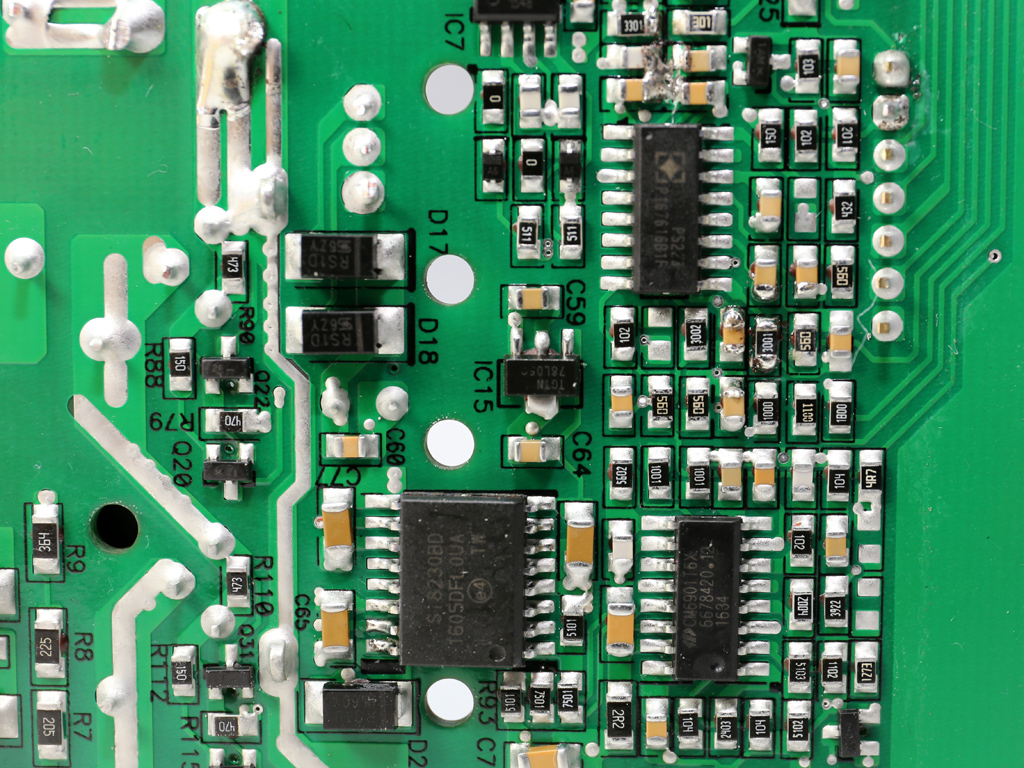
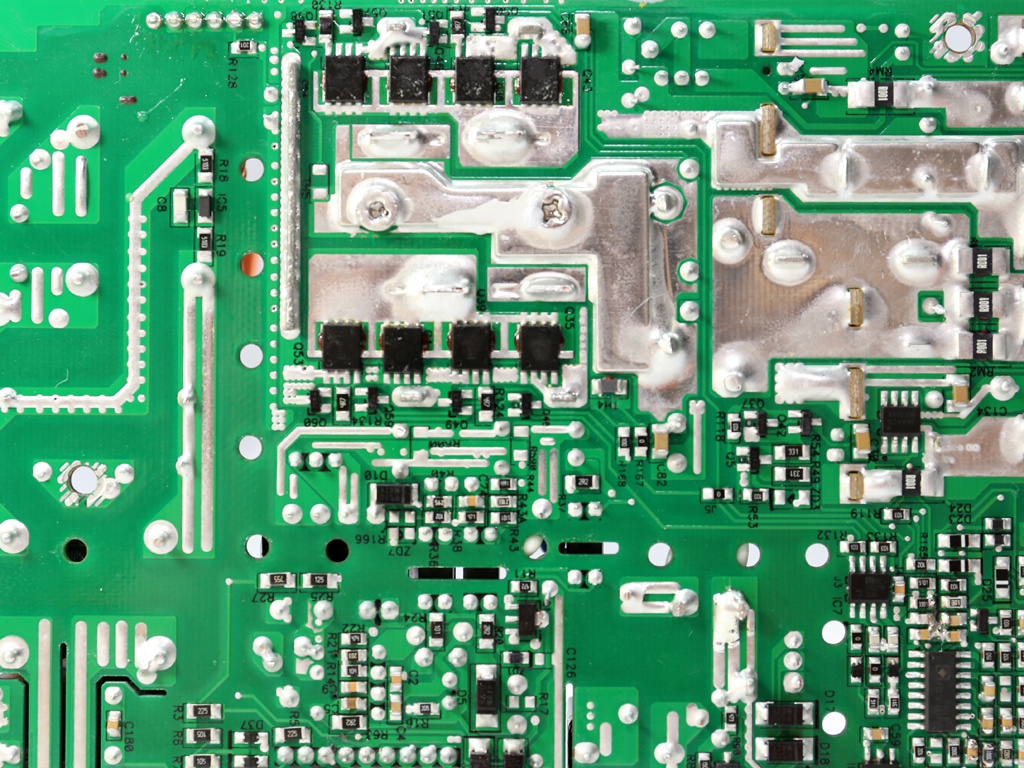
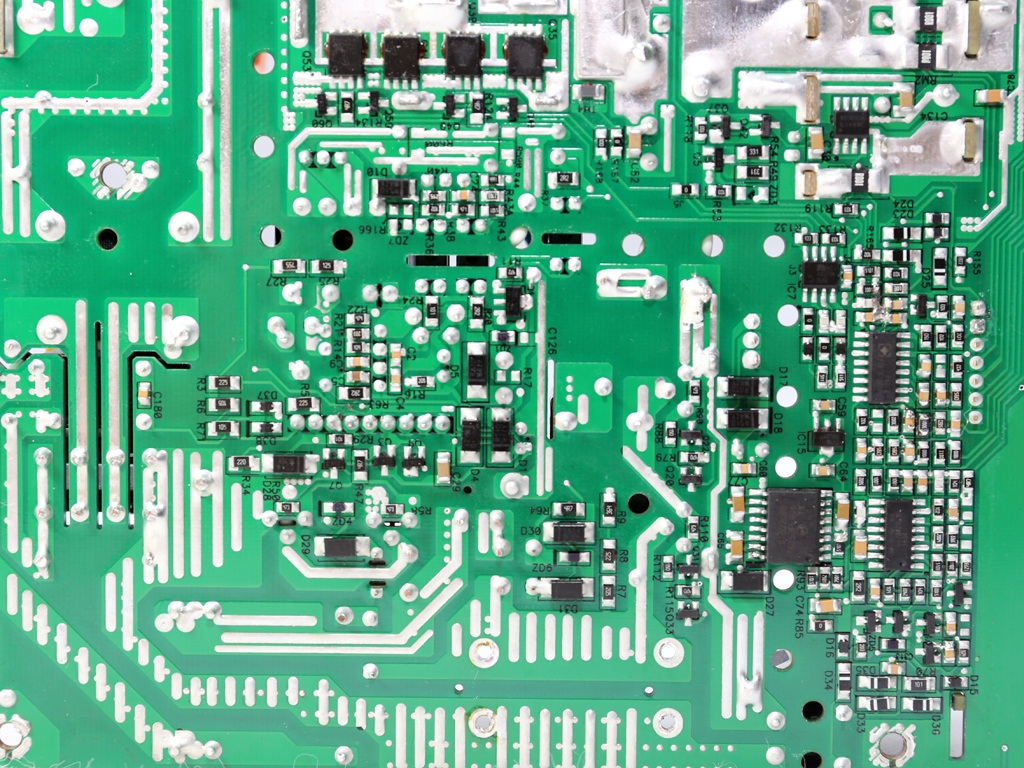
The soldering quality is pretty good; we don't have anything to complain about.
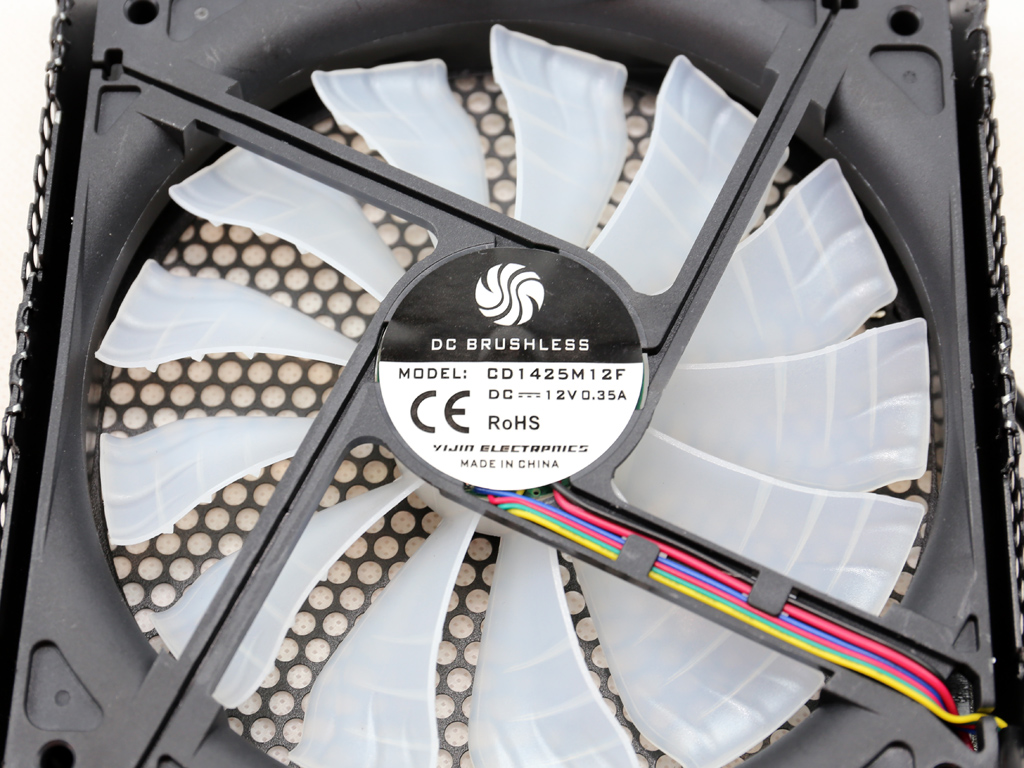
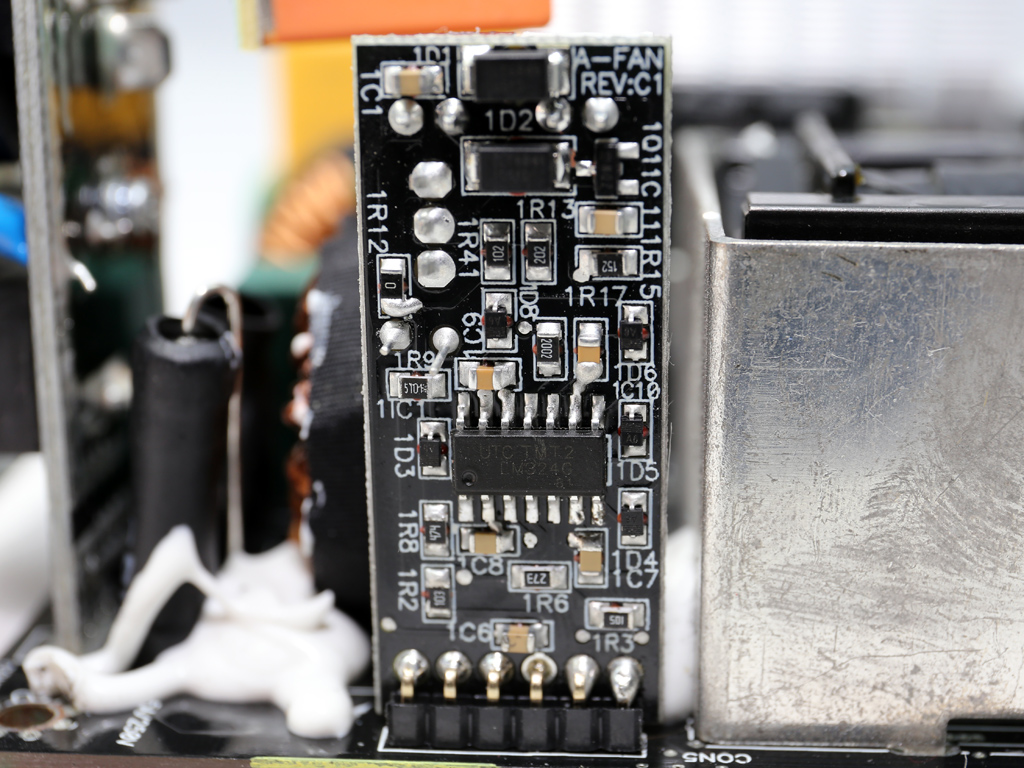
The 140mm cooling fan (CD1425M12F, 12V, 0.24A, 1623 RPM) uses a fluid dynamic bearing. This is a low-speed fan controlled by a conservative profile. It employs a Unisonic LM324G IC.
MORE: Best Power Supplies
MORE: How We Test Power Supplies
MORE: All Power Supply Content
Current page: Teardown & Component Analysis
Prev Page Packaging, Contents, Exterior & Cabling Next Page Load Regulation, Hold-Up Time & Inrush Current
Aris Mpitziopoulos is a contributing editor at Tom's Hardware, covering PSUs.
